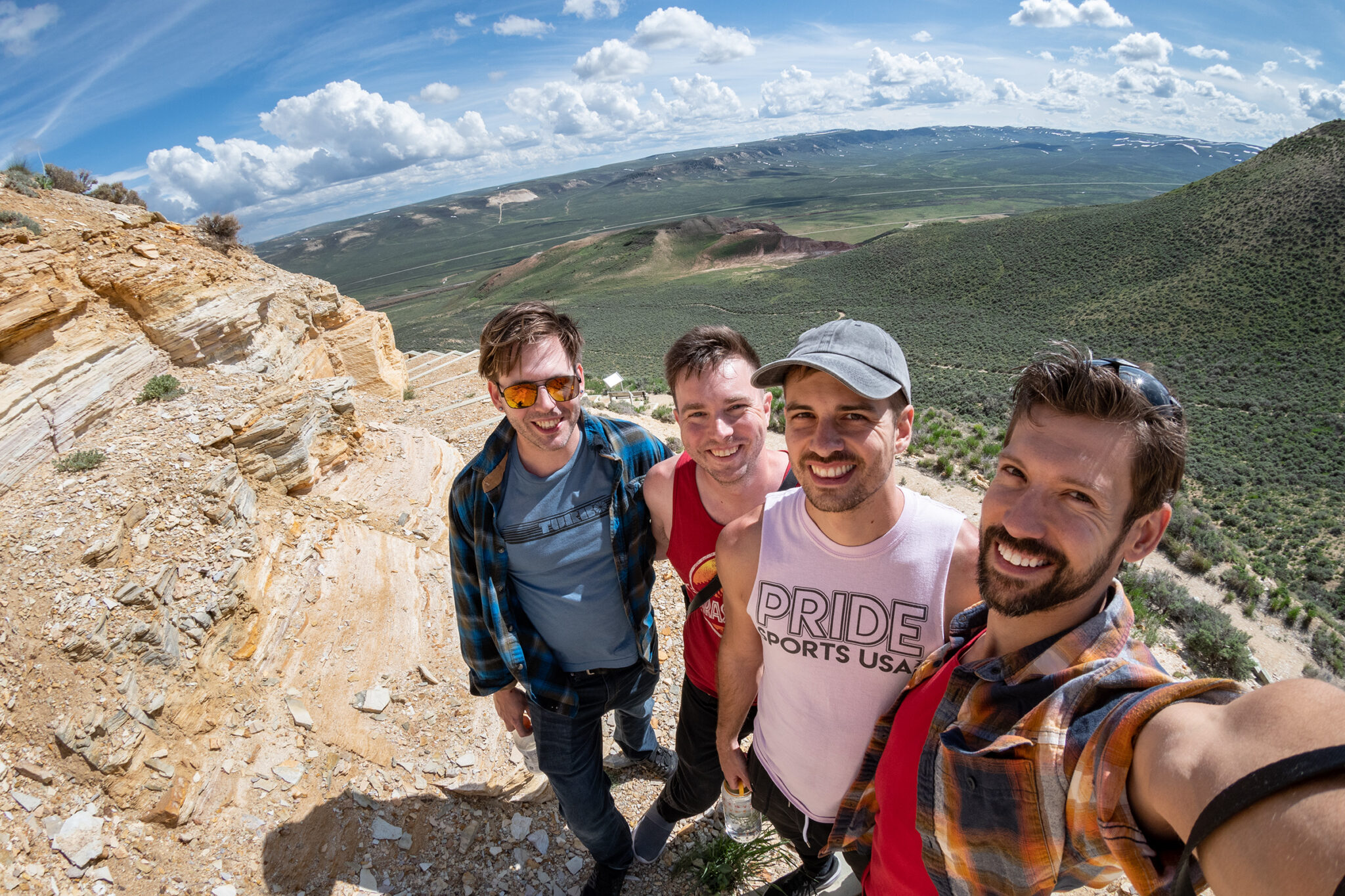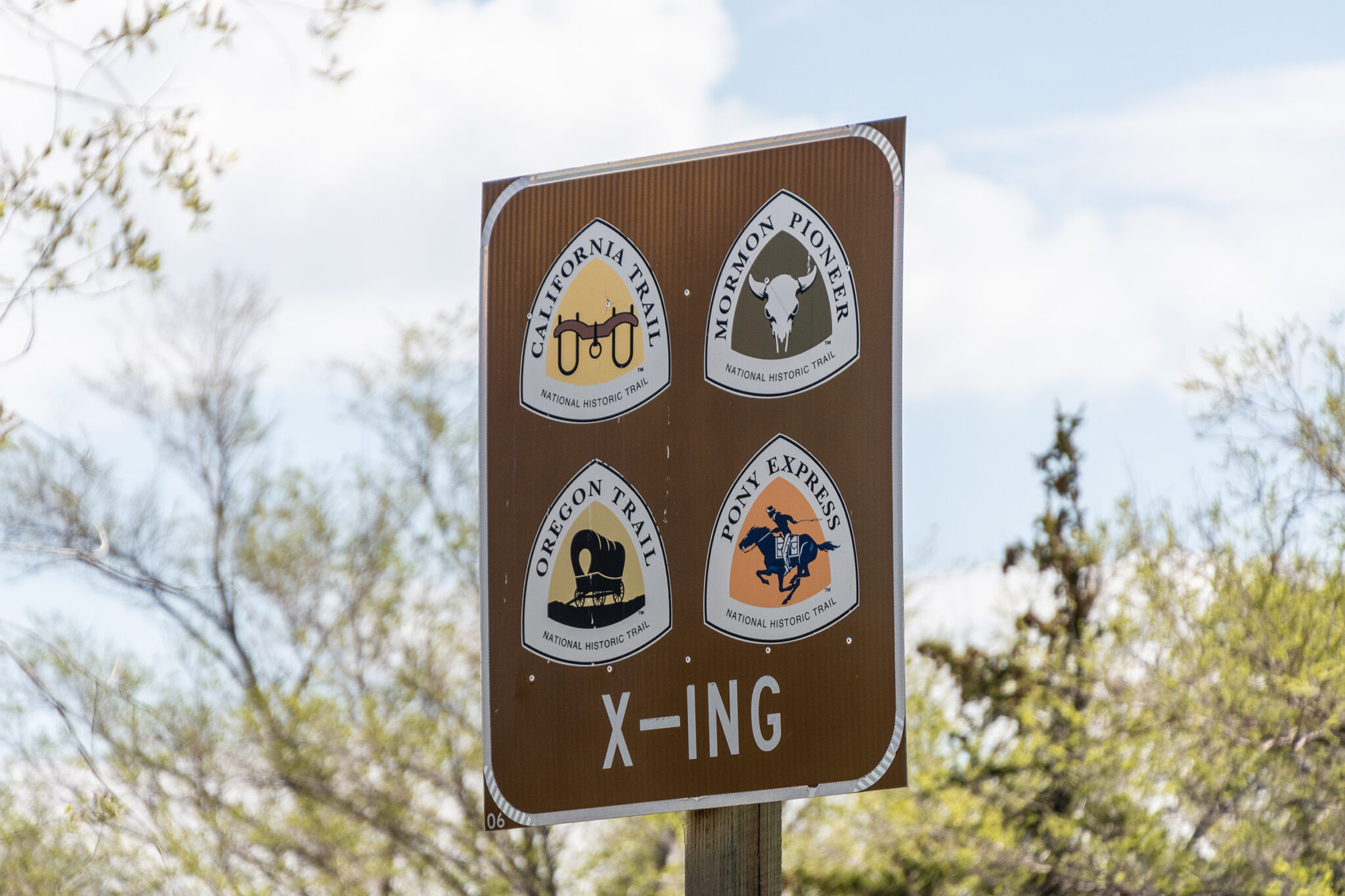
Fort Bridger, Wyoming
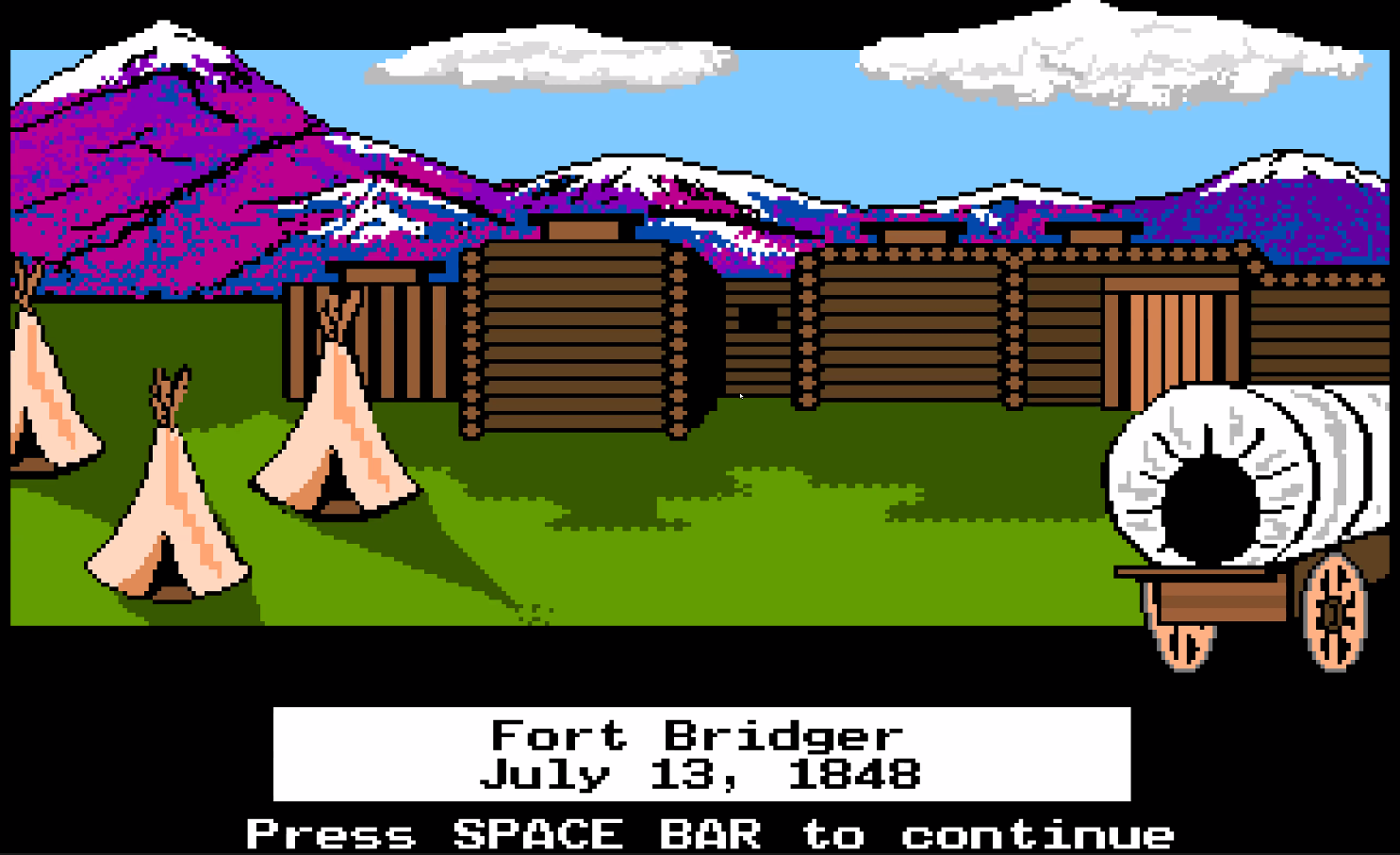
We started our day at the state historic site down the road from our Mini-Cabins Motor Court and Chinese Restaurant overnight. The fort, even moreso than Laramie, was renovated and well-maintained. Many buildings that had been deconstructed have since been rebuilt.
With the decline of the fur trade and the need to find a new way to make a living, mountain men Jim Bridger and Louis Vasquez built a small fort here, in what was then Mexico, as a stopover for the Overland Trails to Oregon and California in 1843. Consisting of only a few cabins and a stockade, Fort Bridger provided thousands of travelers each year with supplies, wagon repairs, and other assistance. In 1855, the Mormon trader Lewis Robinson bought the place in order to serve the thousands of Mormon immigrants headed for Utah. The new owner built a stone wall around the fort, measuring as high as 18 feet, but its wooden portions would not last much longer. As the U.S. Army approached during the Utah War of 1857, the Mormons burned the fort and retreated west.
Wyoming State Parks.
I’m sorry, what? Utah War? The four of us looked at each other, somewhat confused, not having heard that one before. Topic to research another day, but in short, apparently a war in which Mormon settlers blockaded Salt Lake City and resisted increased U.S. Army presence in the region, fearing religious persecution. In later years, the fort served as a center of trade and tribal negotiations as well.
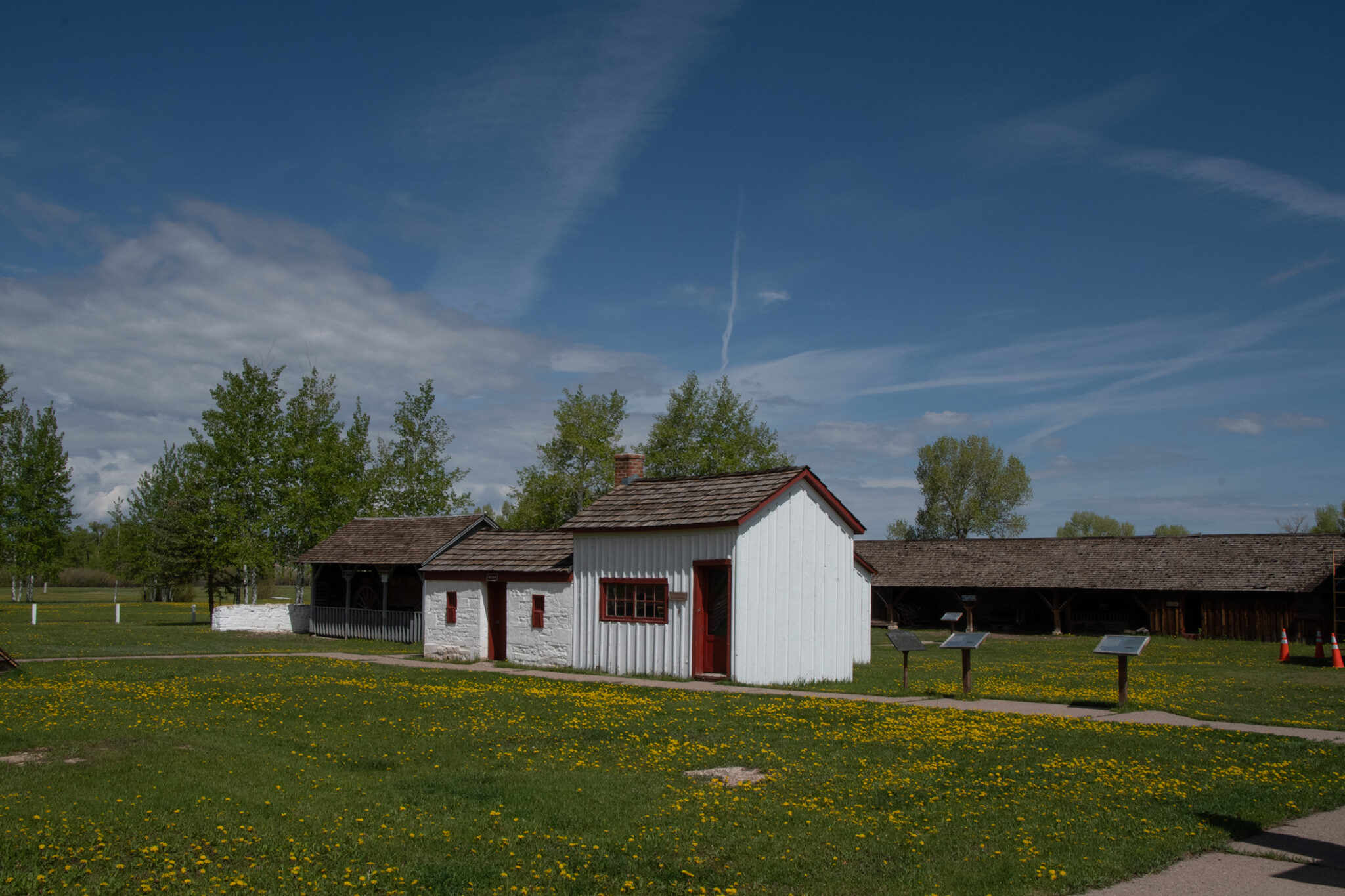
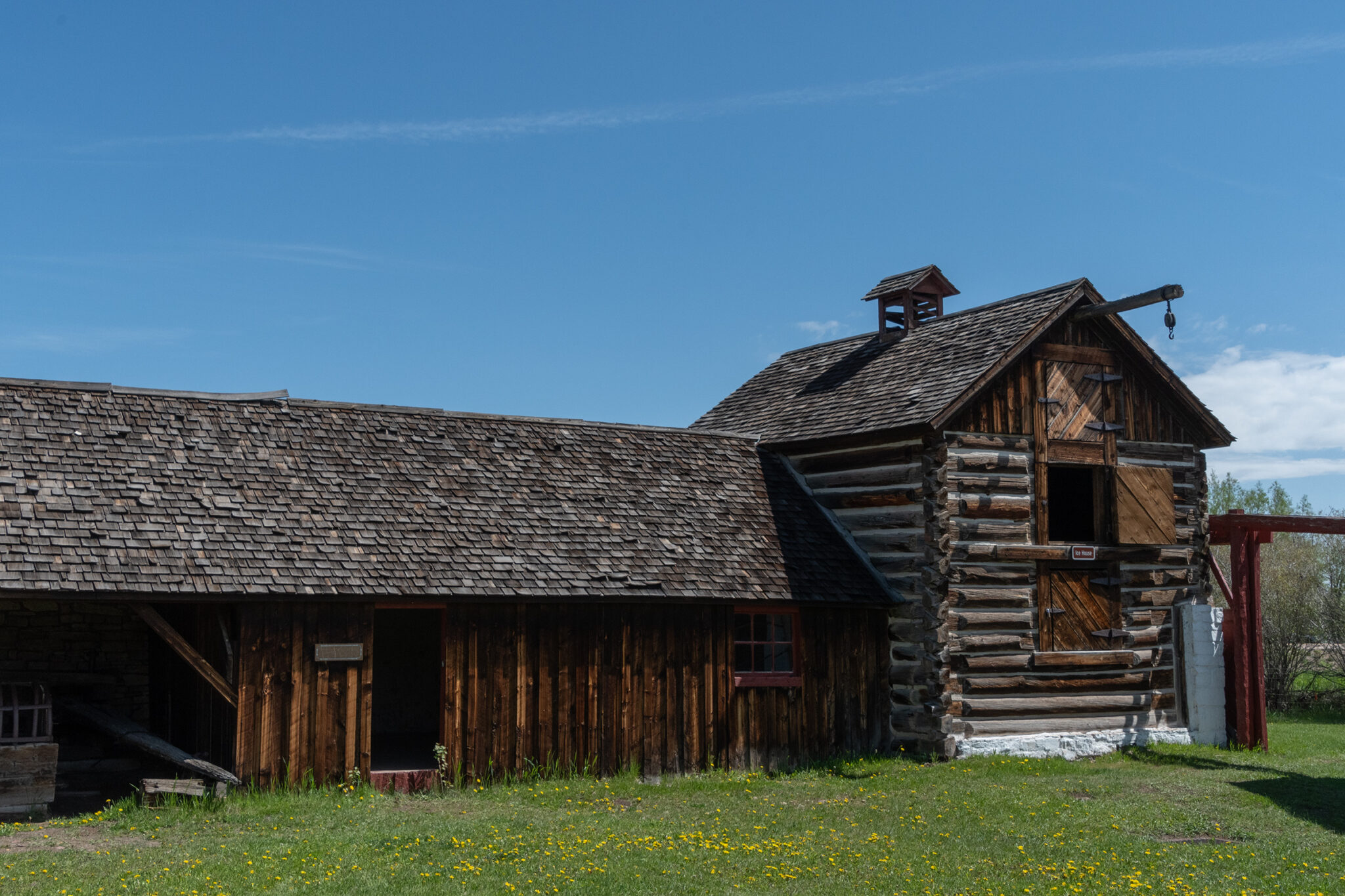
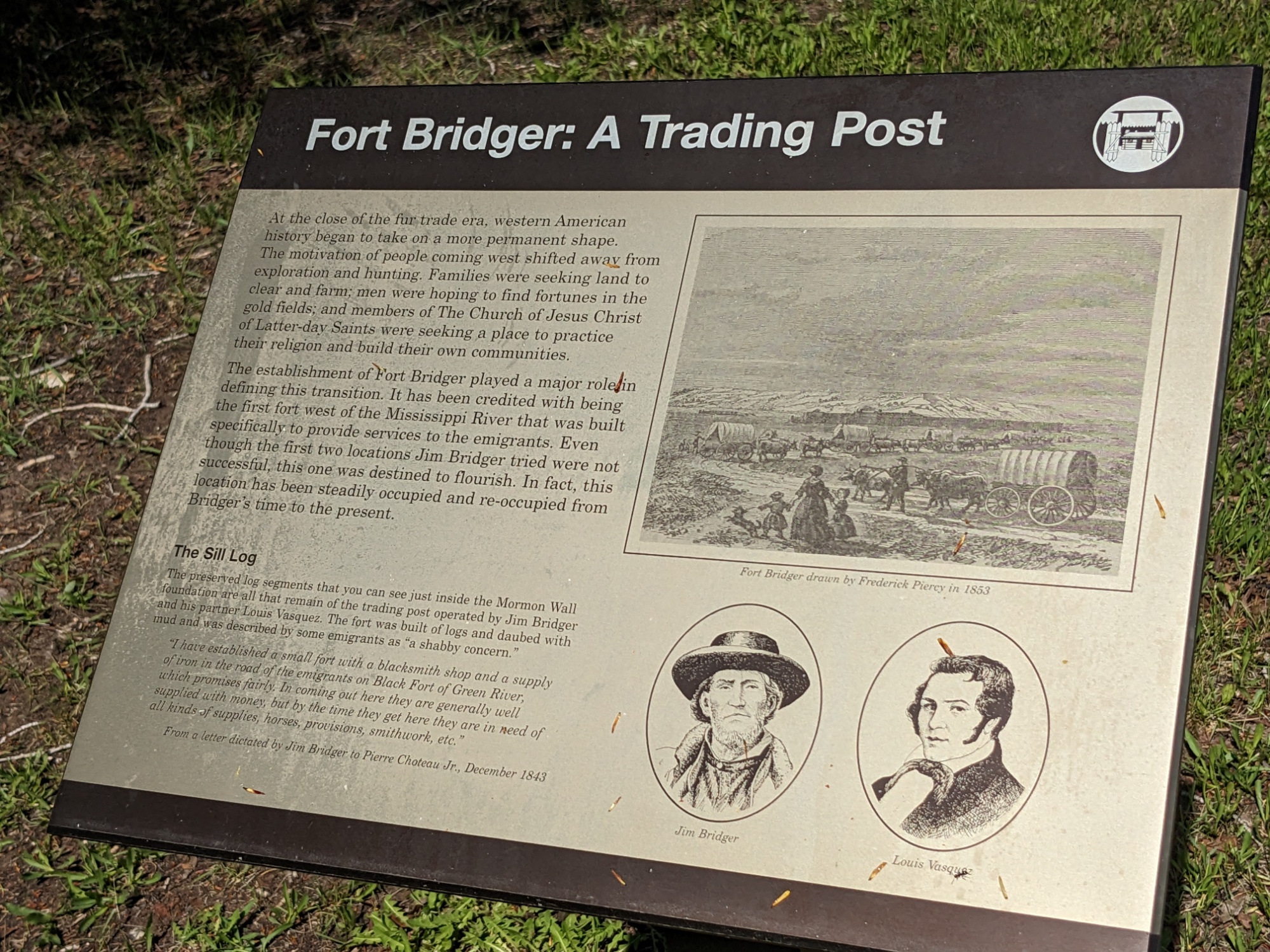
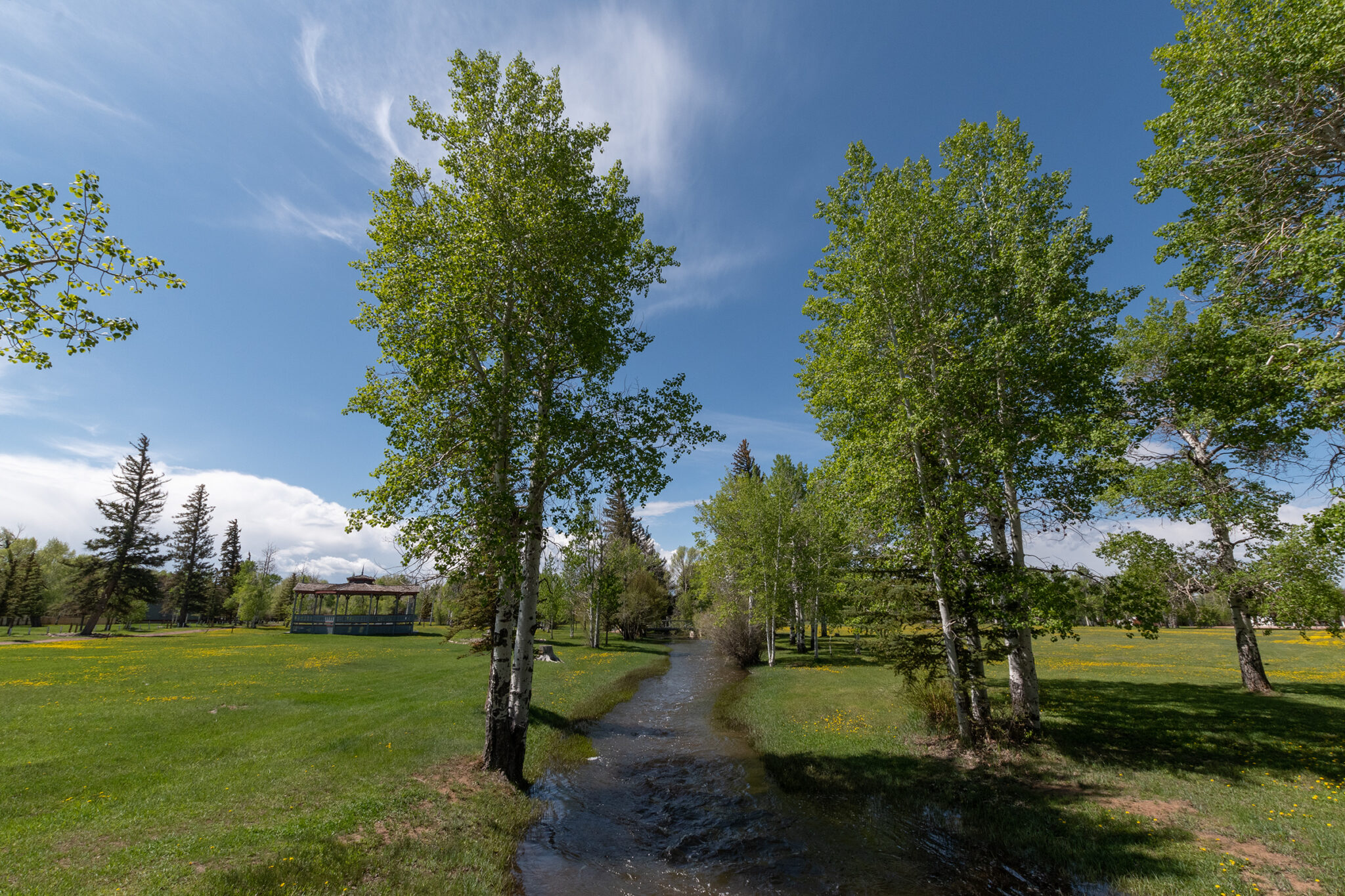
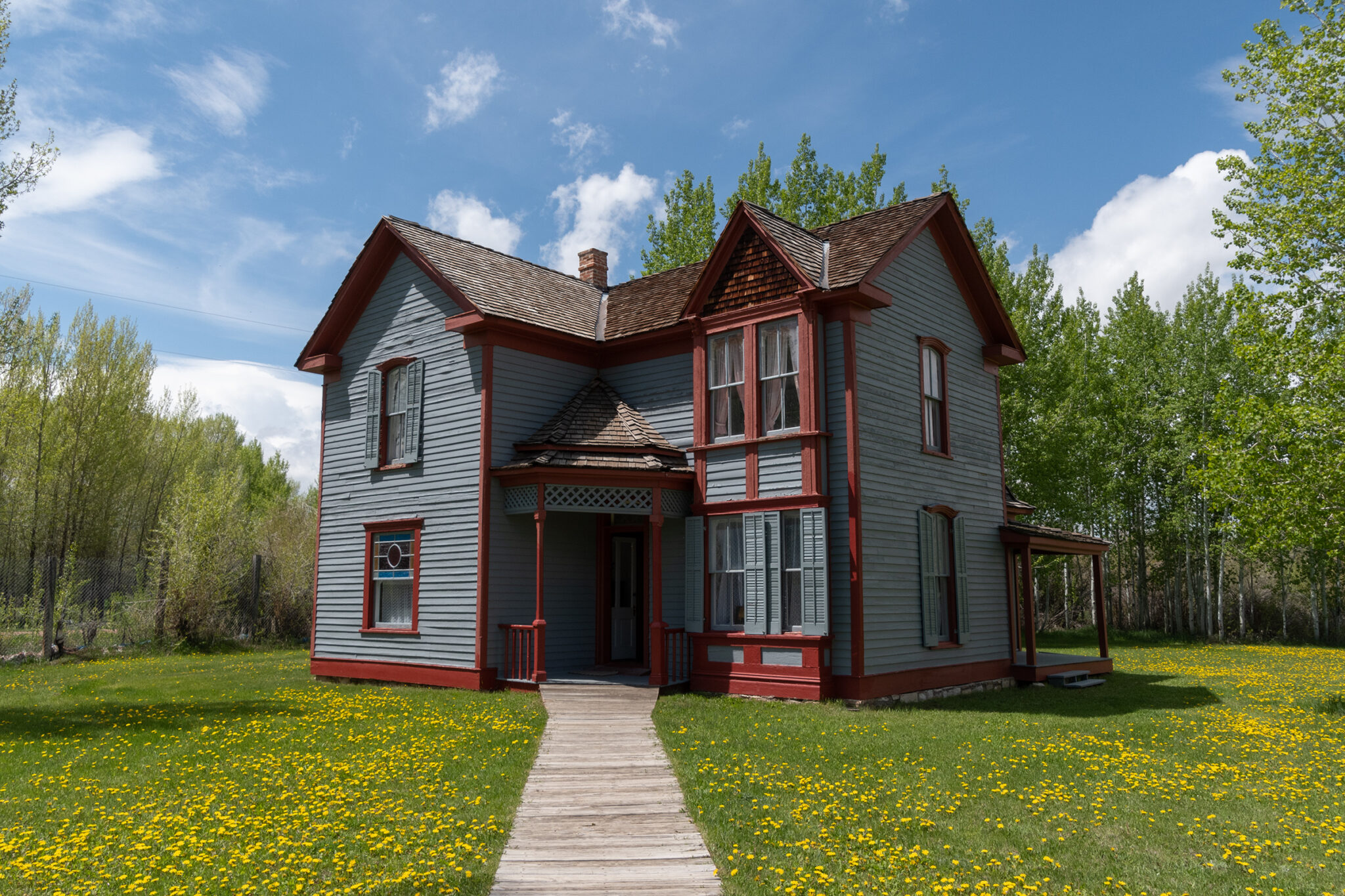
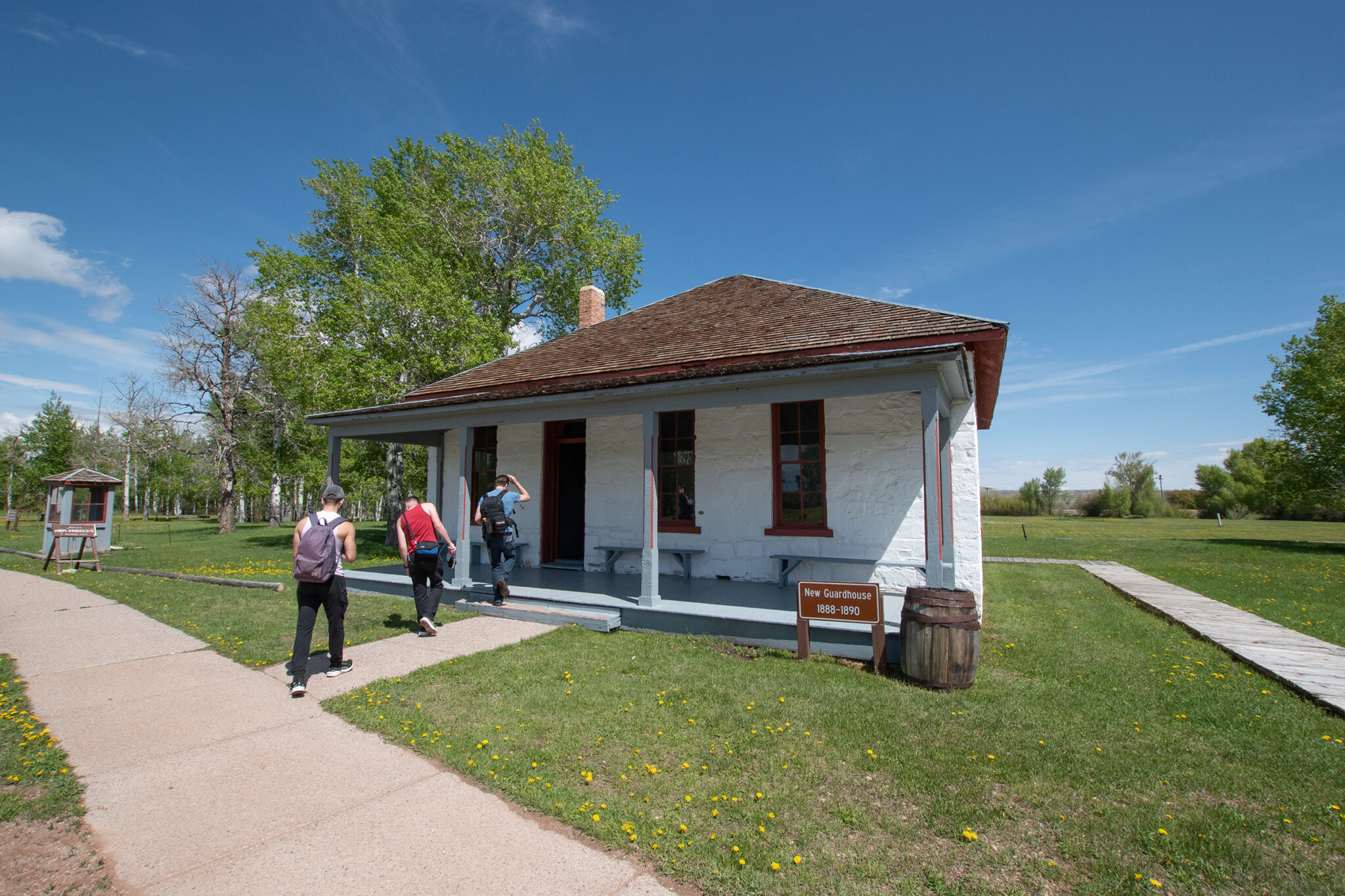
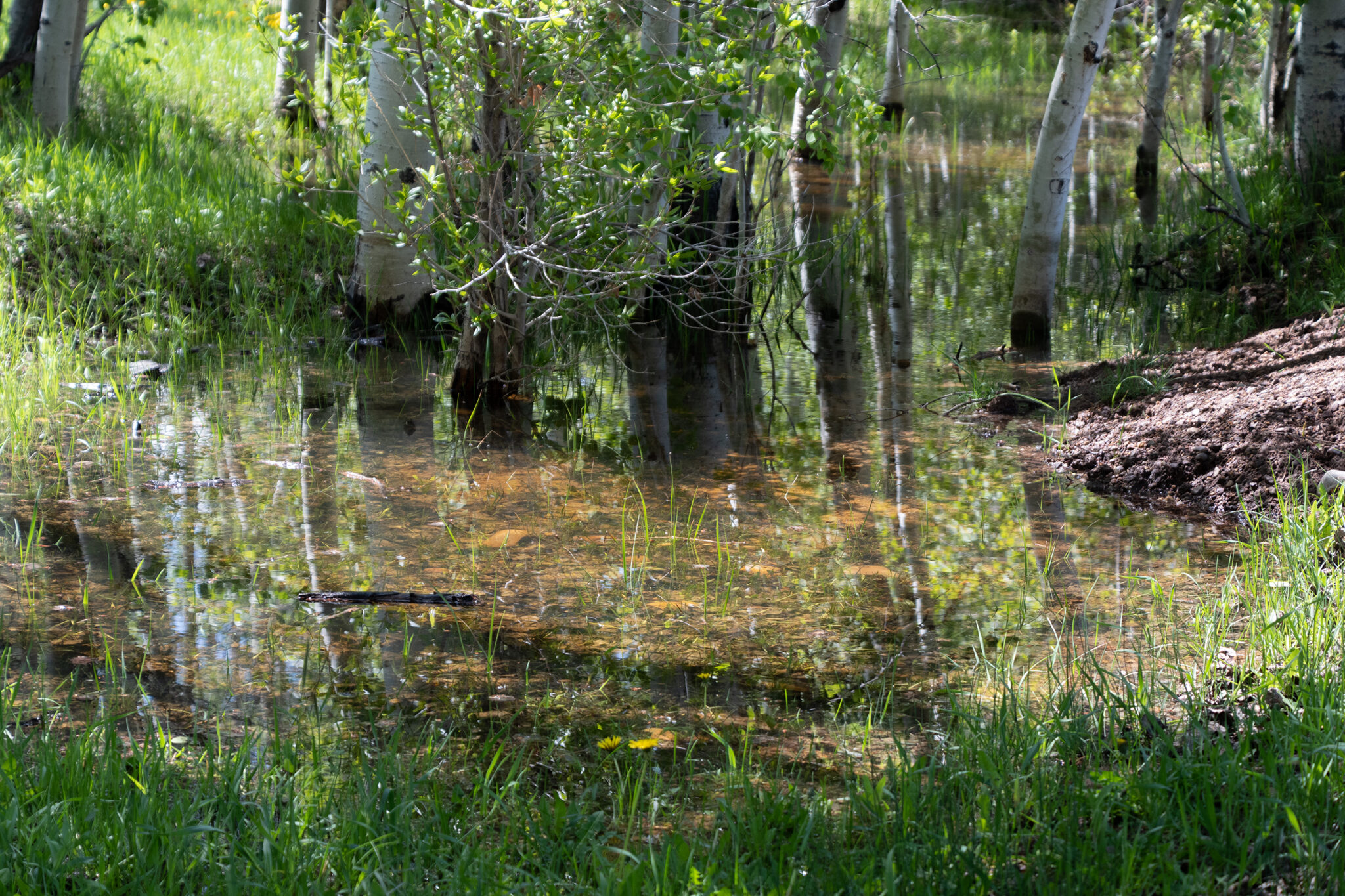
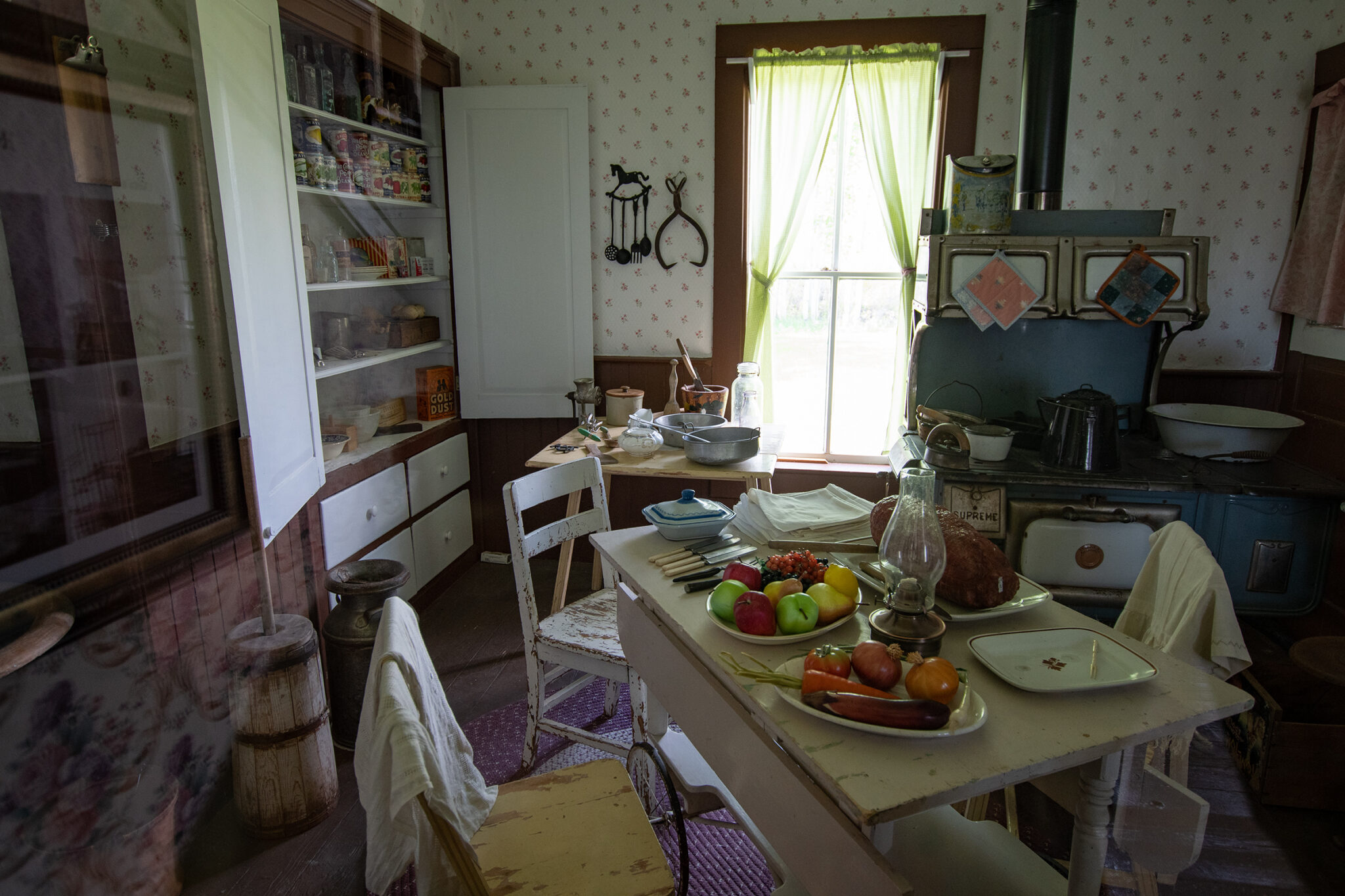
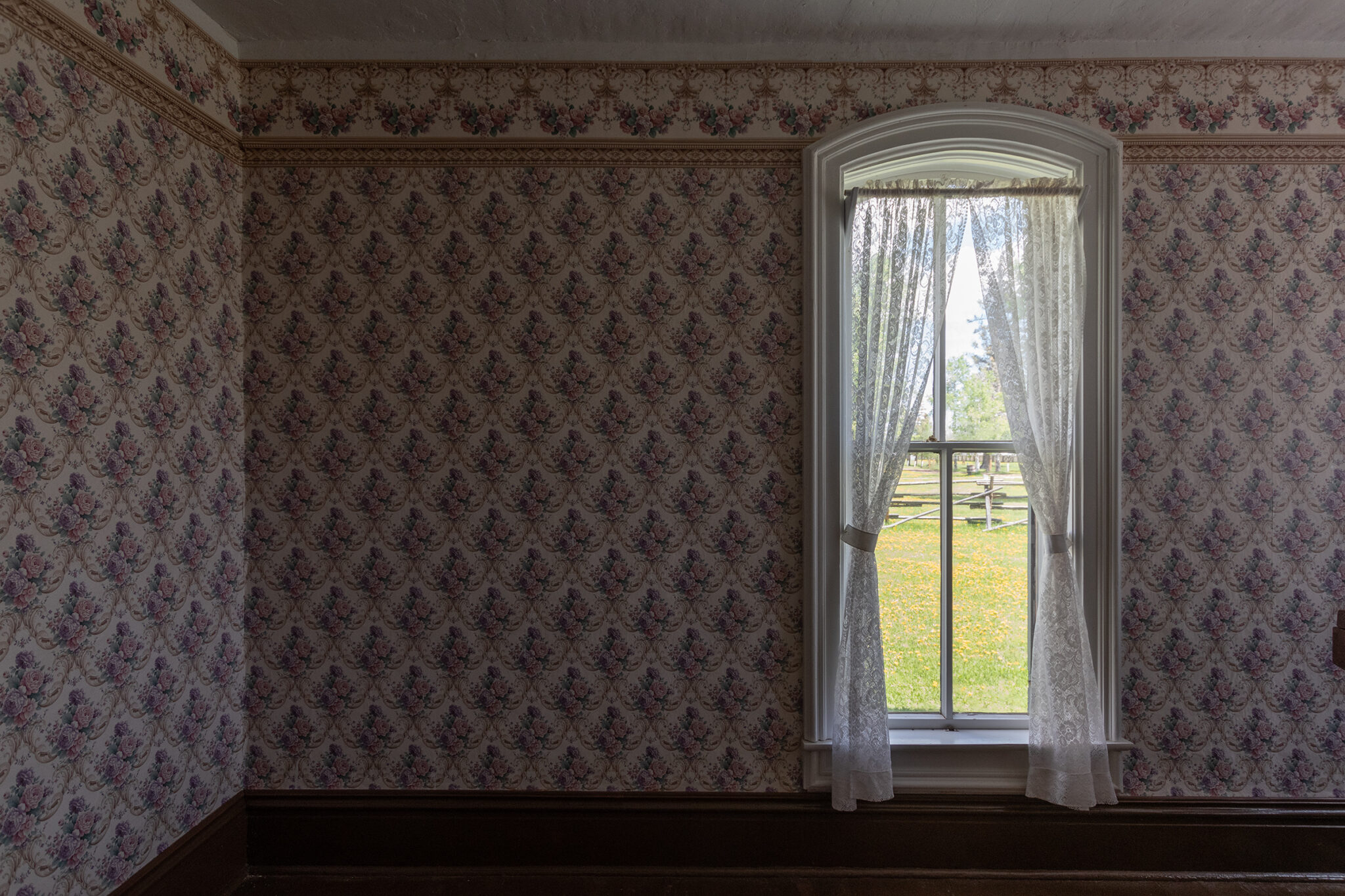
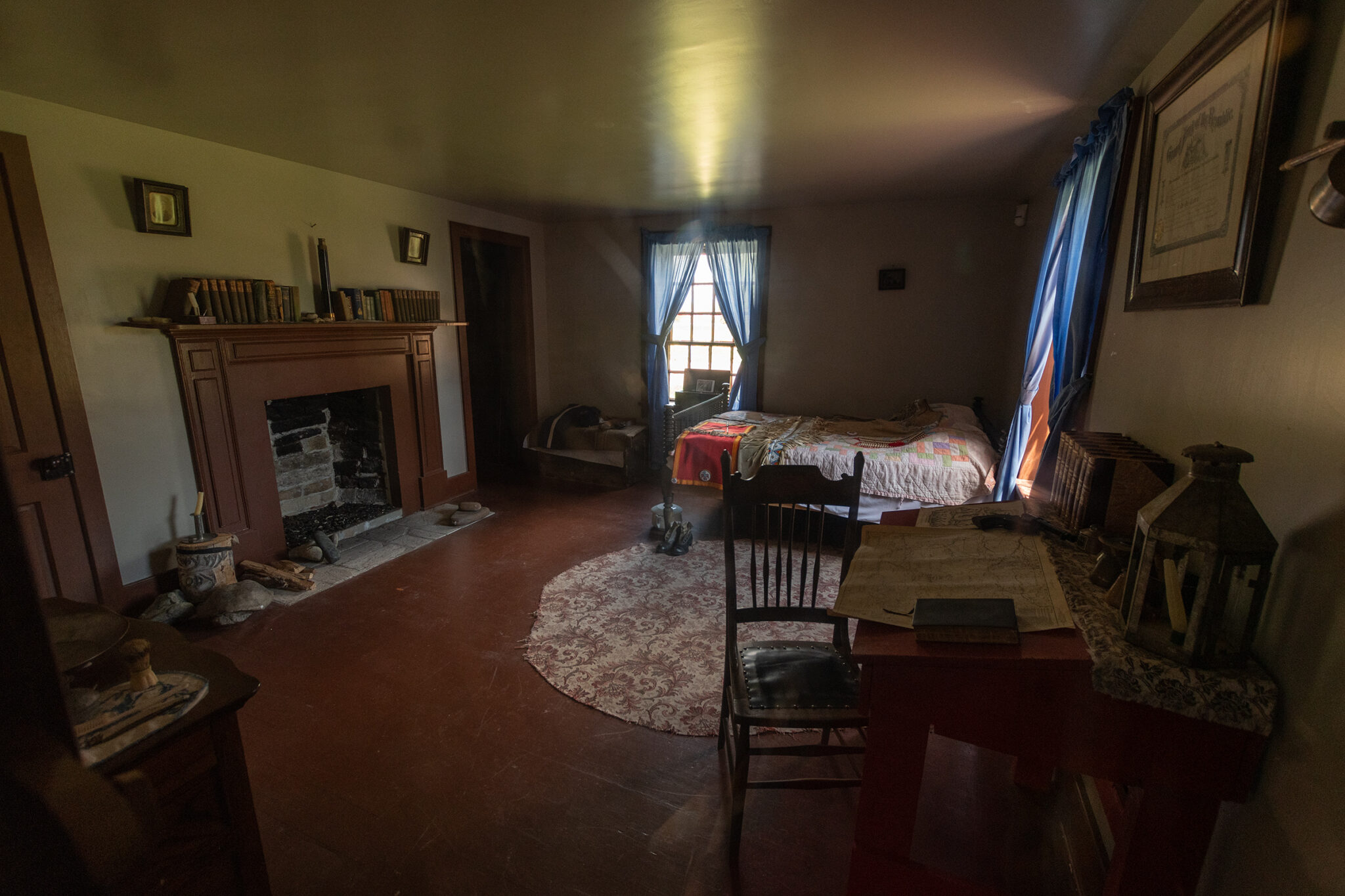
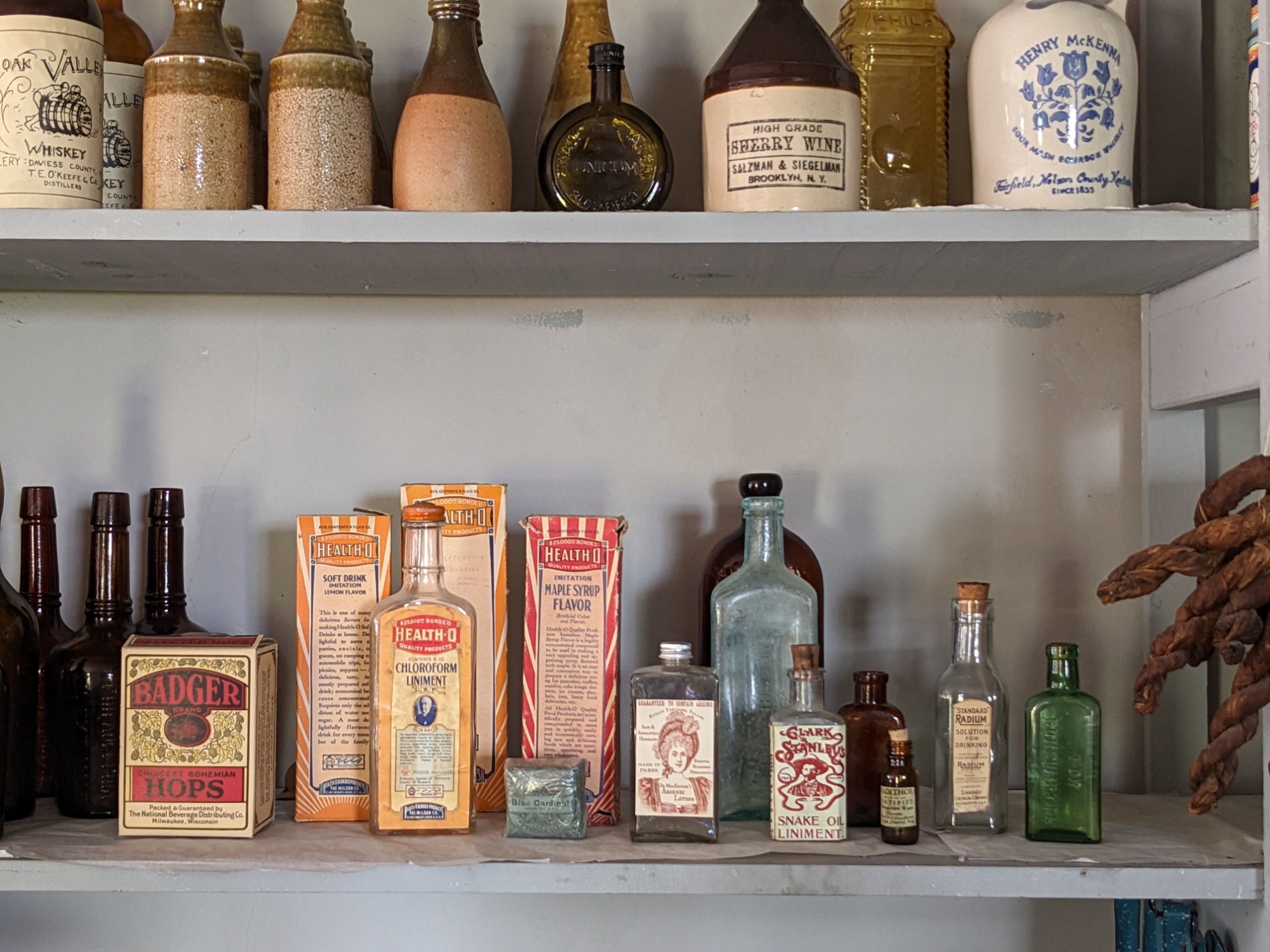
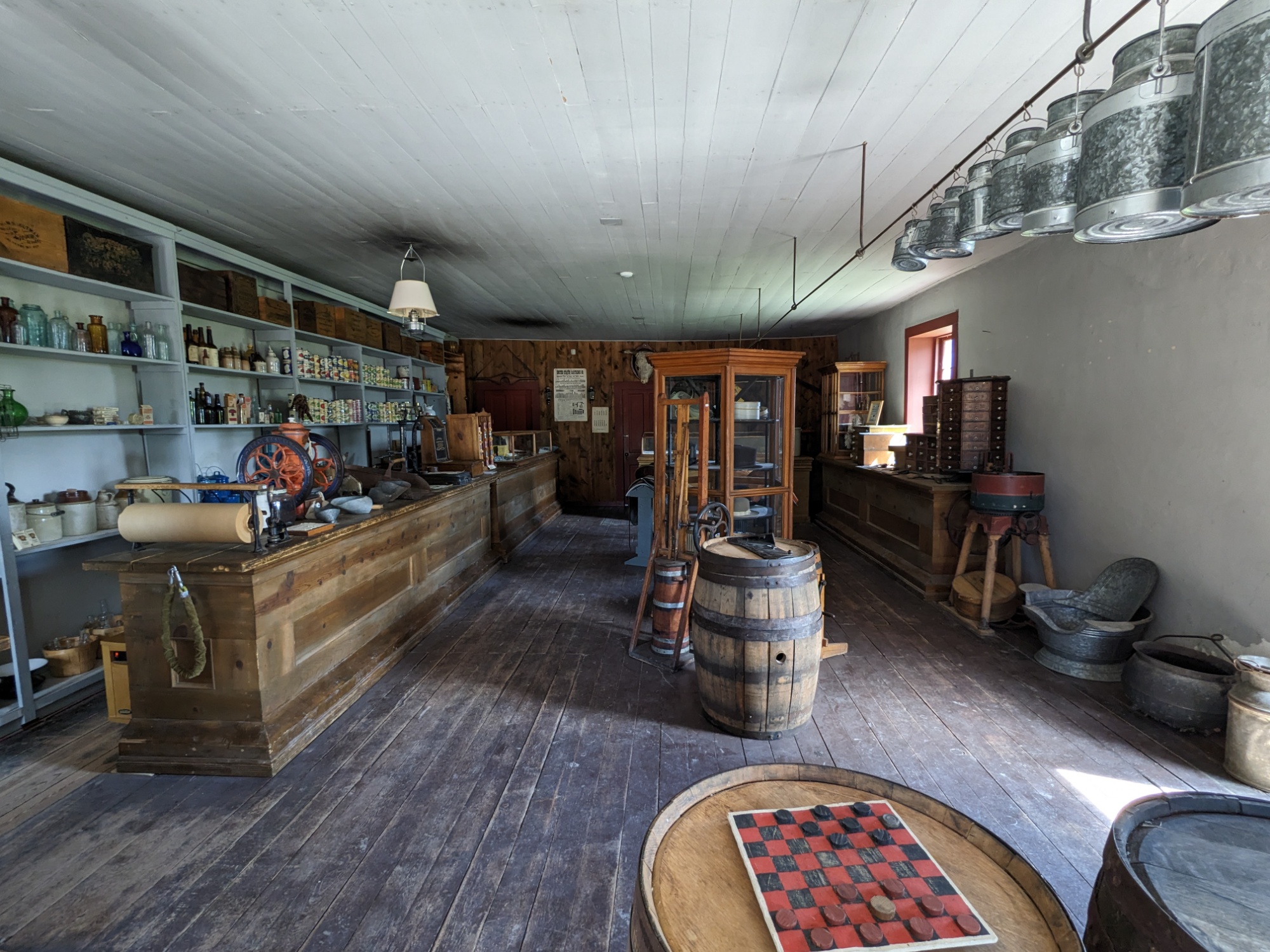
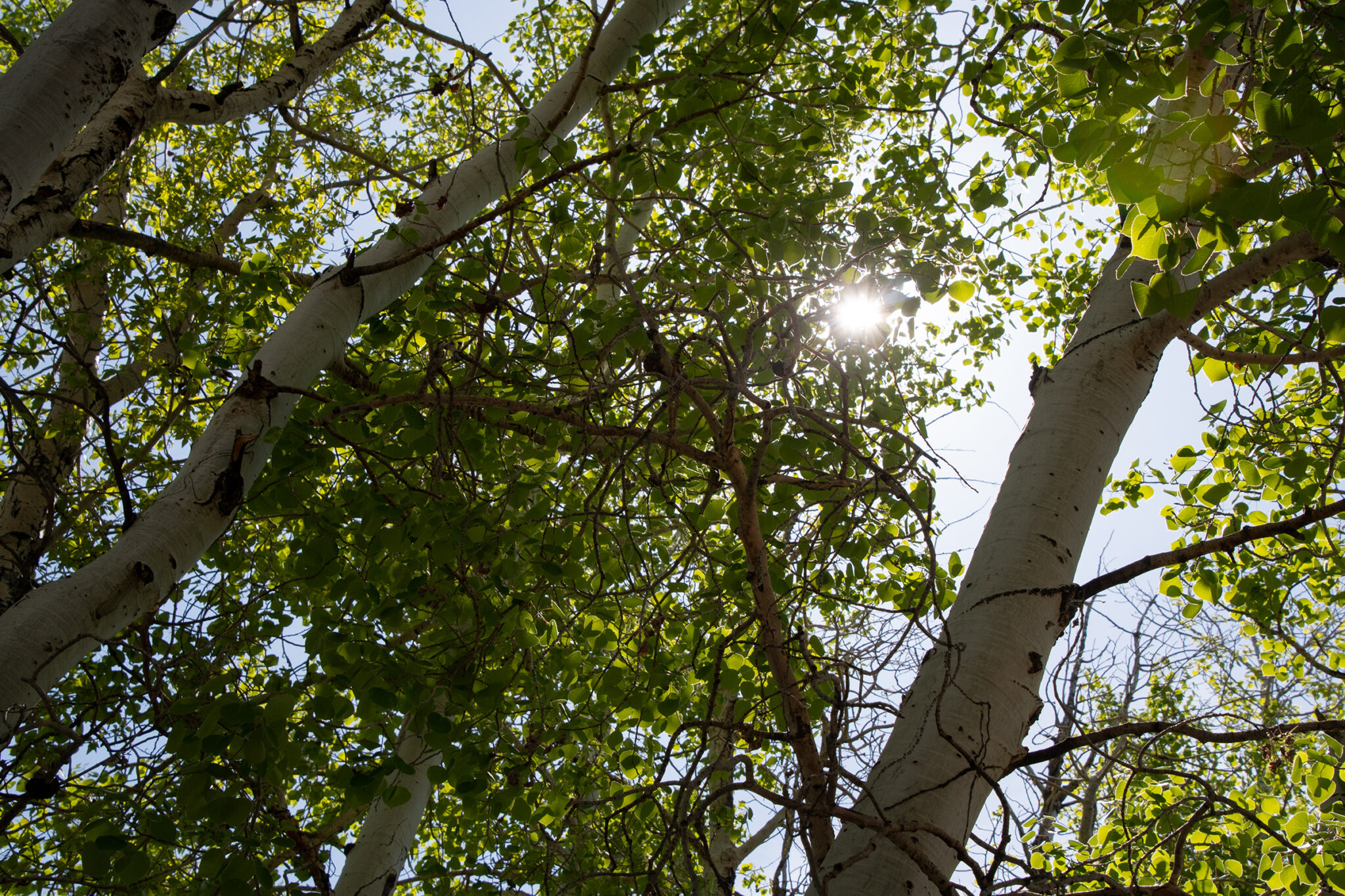
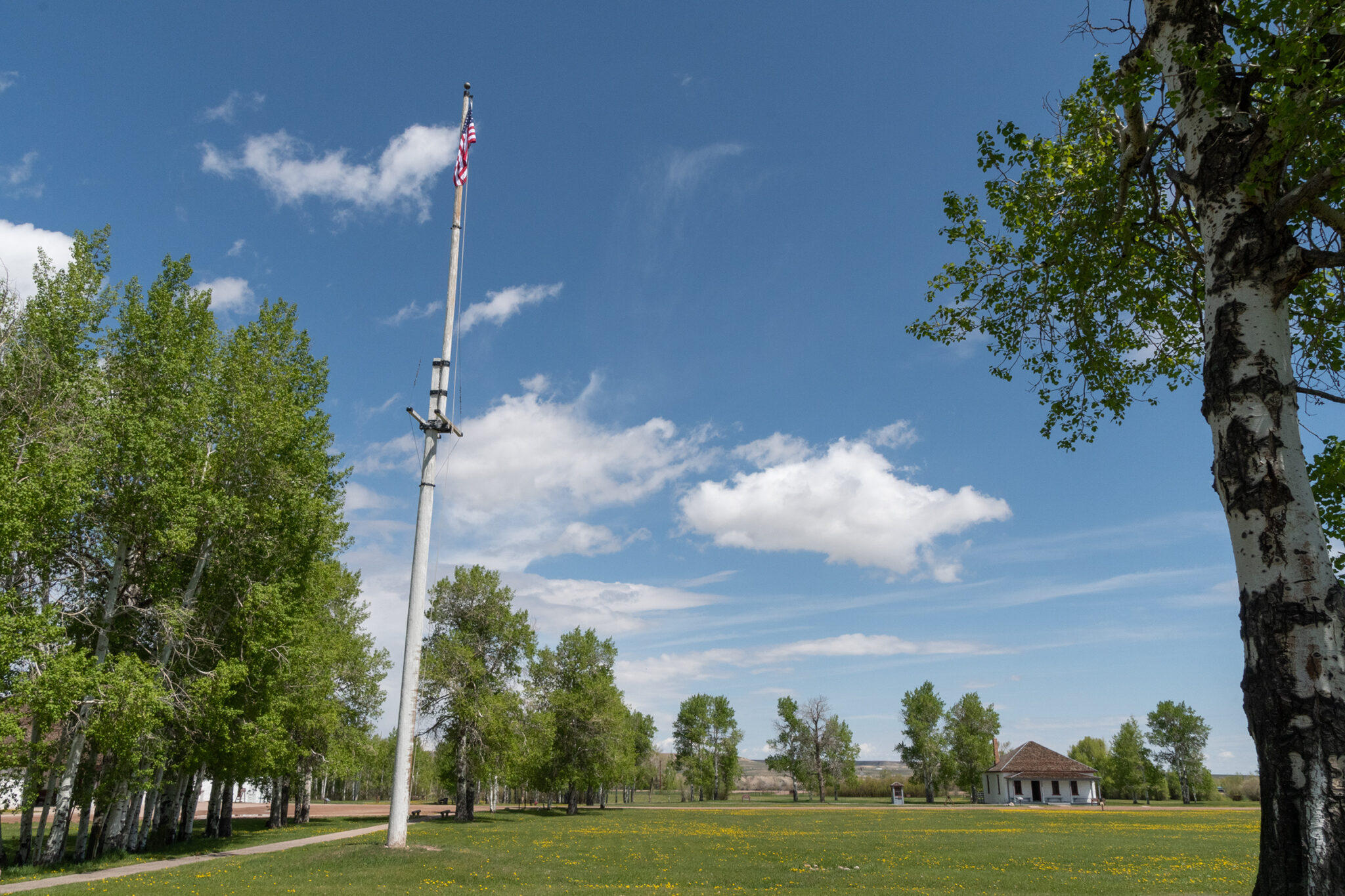
After Fort Bridger, we headed north to Kemmerer, Wyoming, a town with quite a fossil enthusiasm and the homestead and first store of retail mogul J. C. Penny.
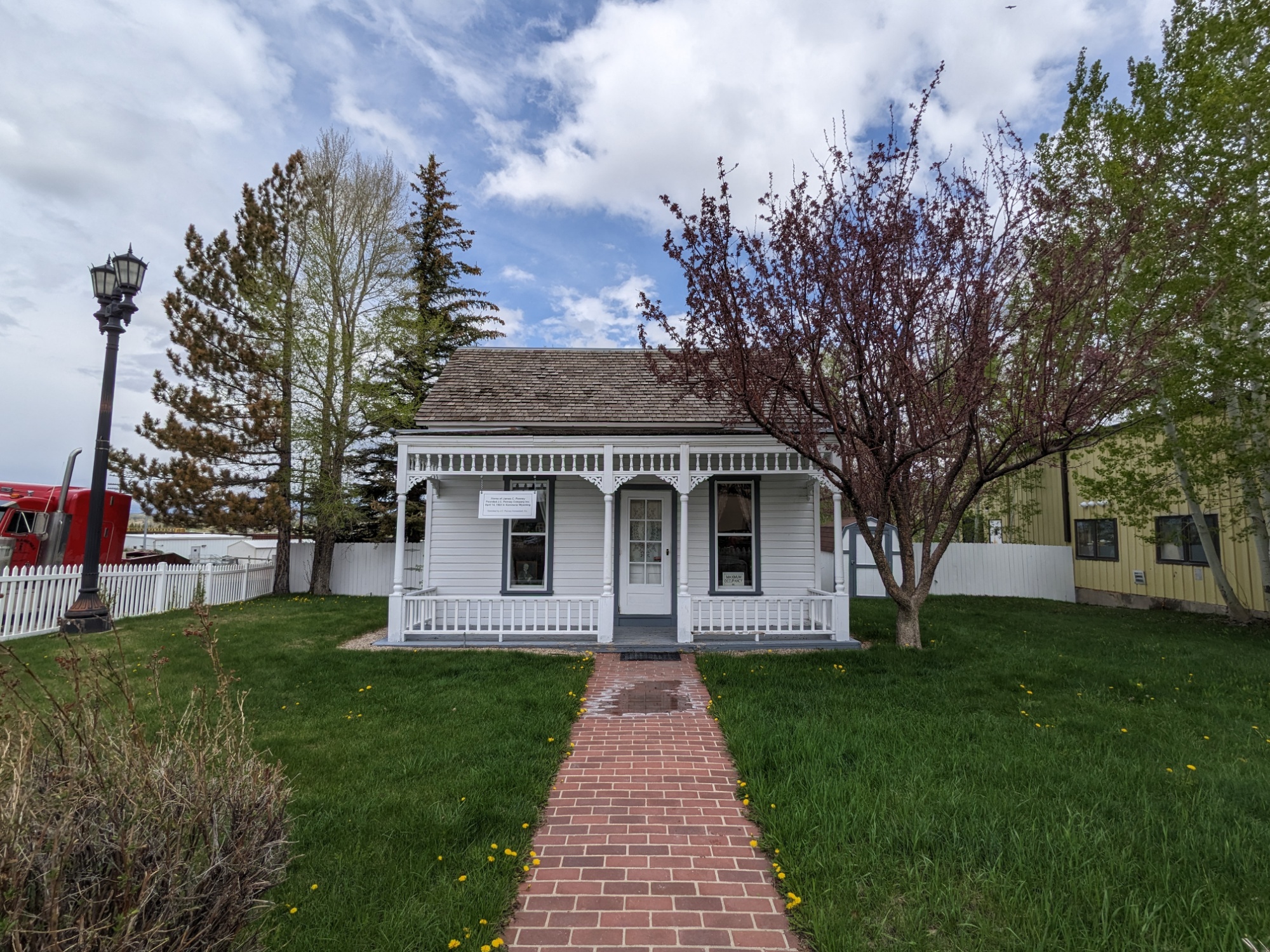
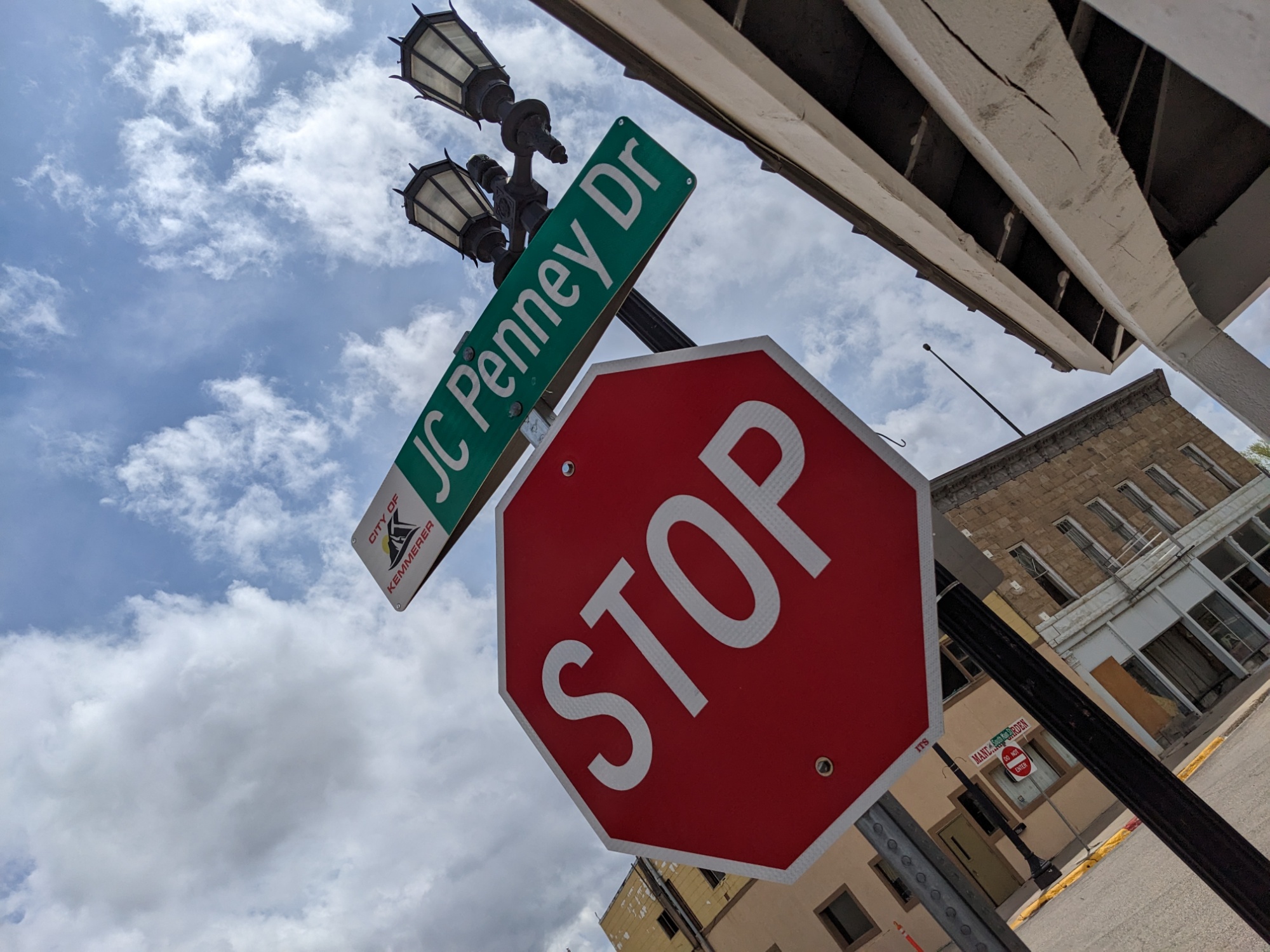

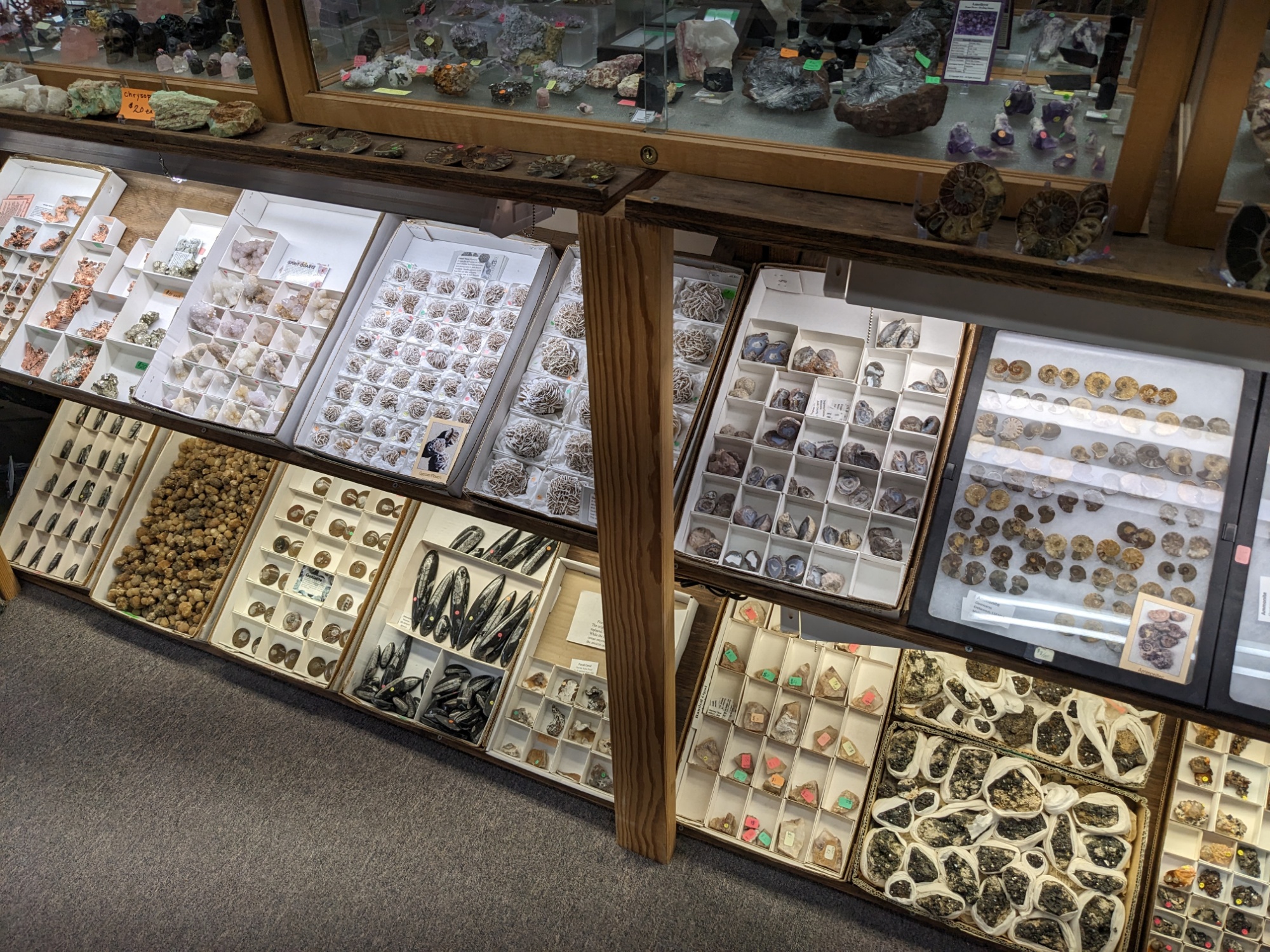
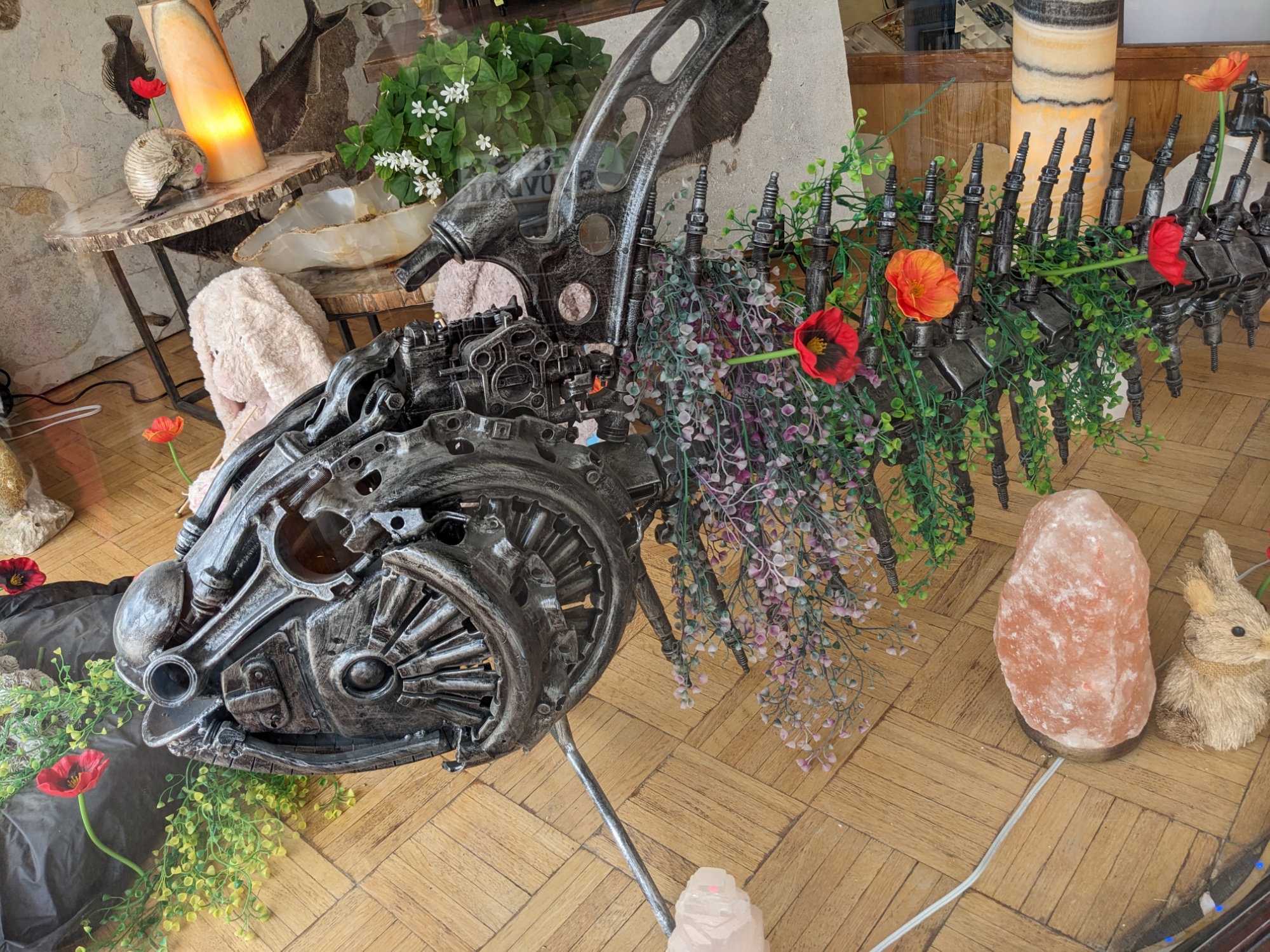
Fossil Butte National Monument
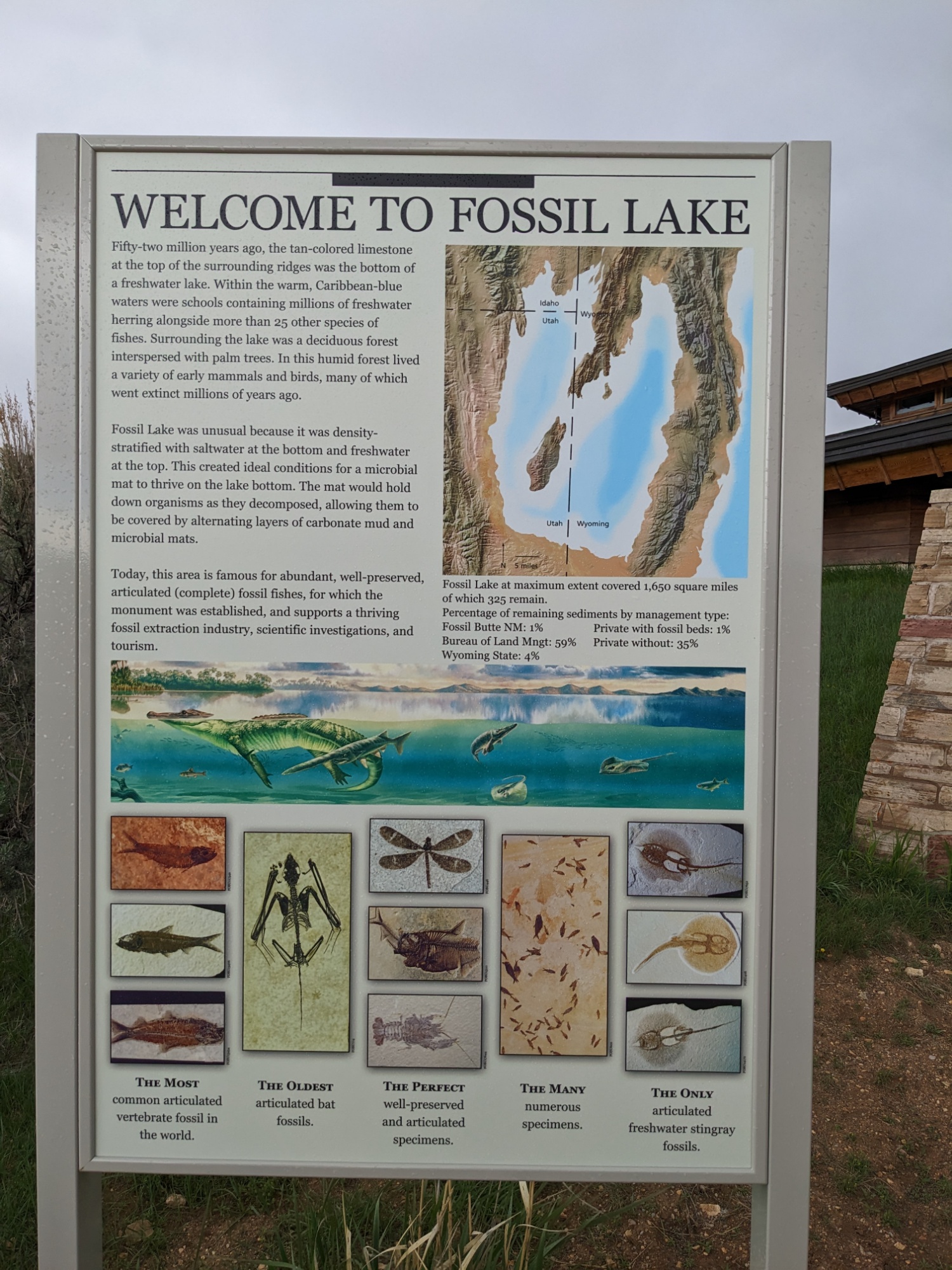
Fossil Butte is a tall rise out of a deep section of Fossil Lake, which spanned several present-day states approximately 50 million years ago. It drained slowly with soft sediment which left a multitude of fossils behind. Commercial and scientific quarries have been operating here since the late 19th century.
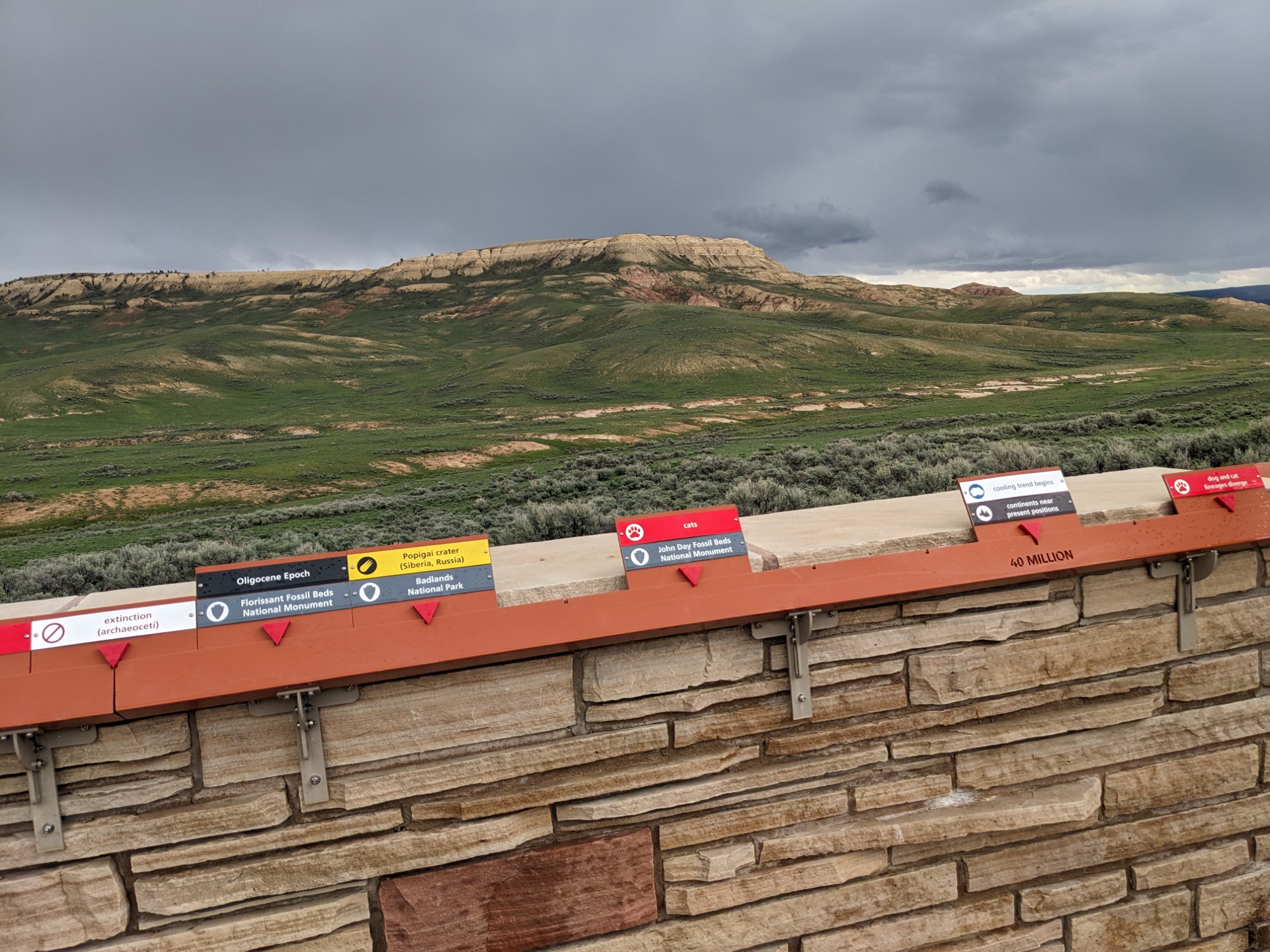


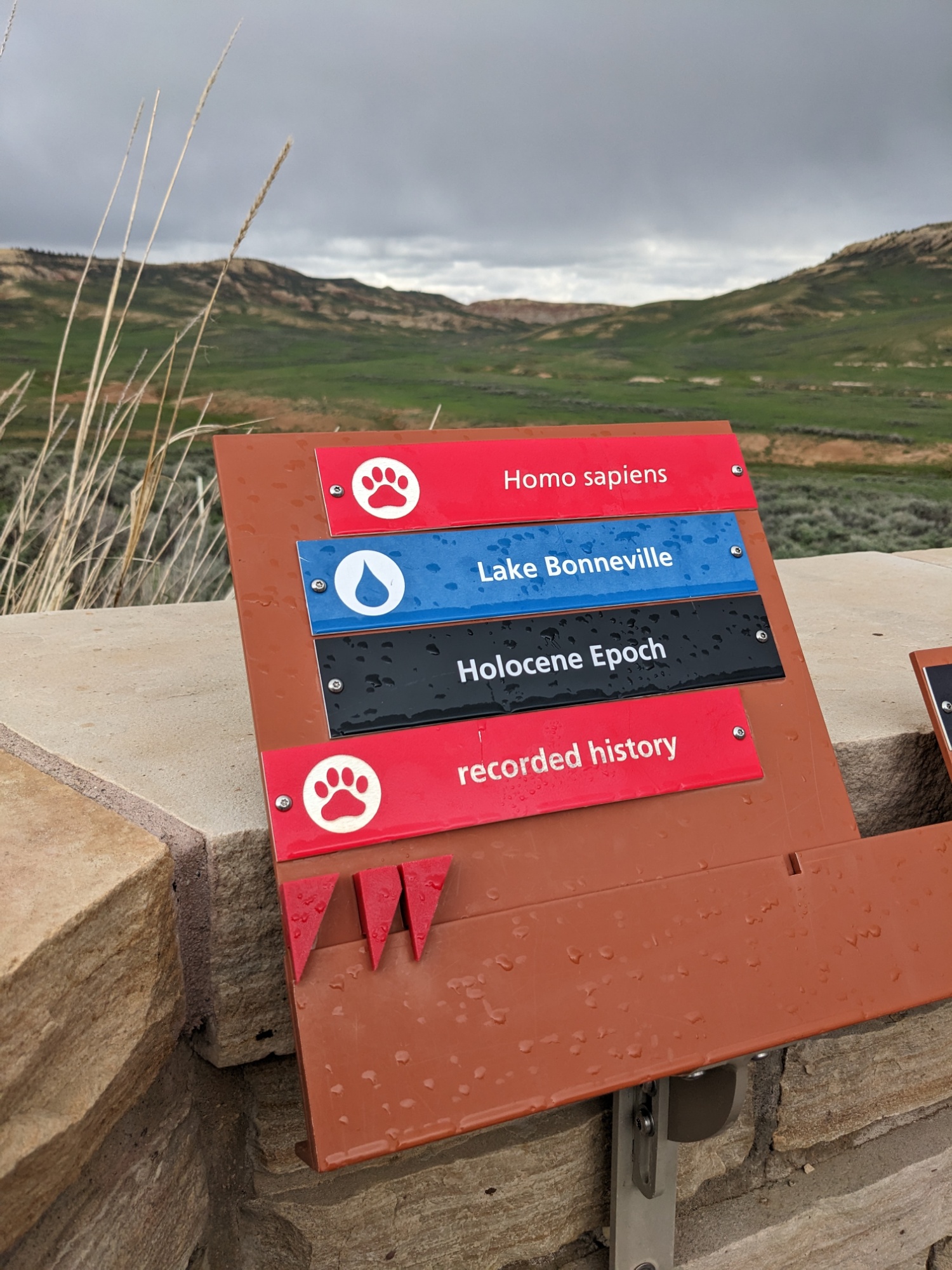
The park entrance begins a several-mile drive to the visitor center which features sign posts of a geological timeline. At the parking lot, the scale changes and the walkway toward the building features the development life on earth. In a timeline that is more than 2 miles long, humans exist only within the last two inches.
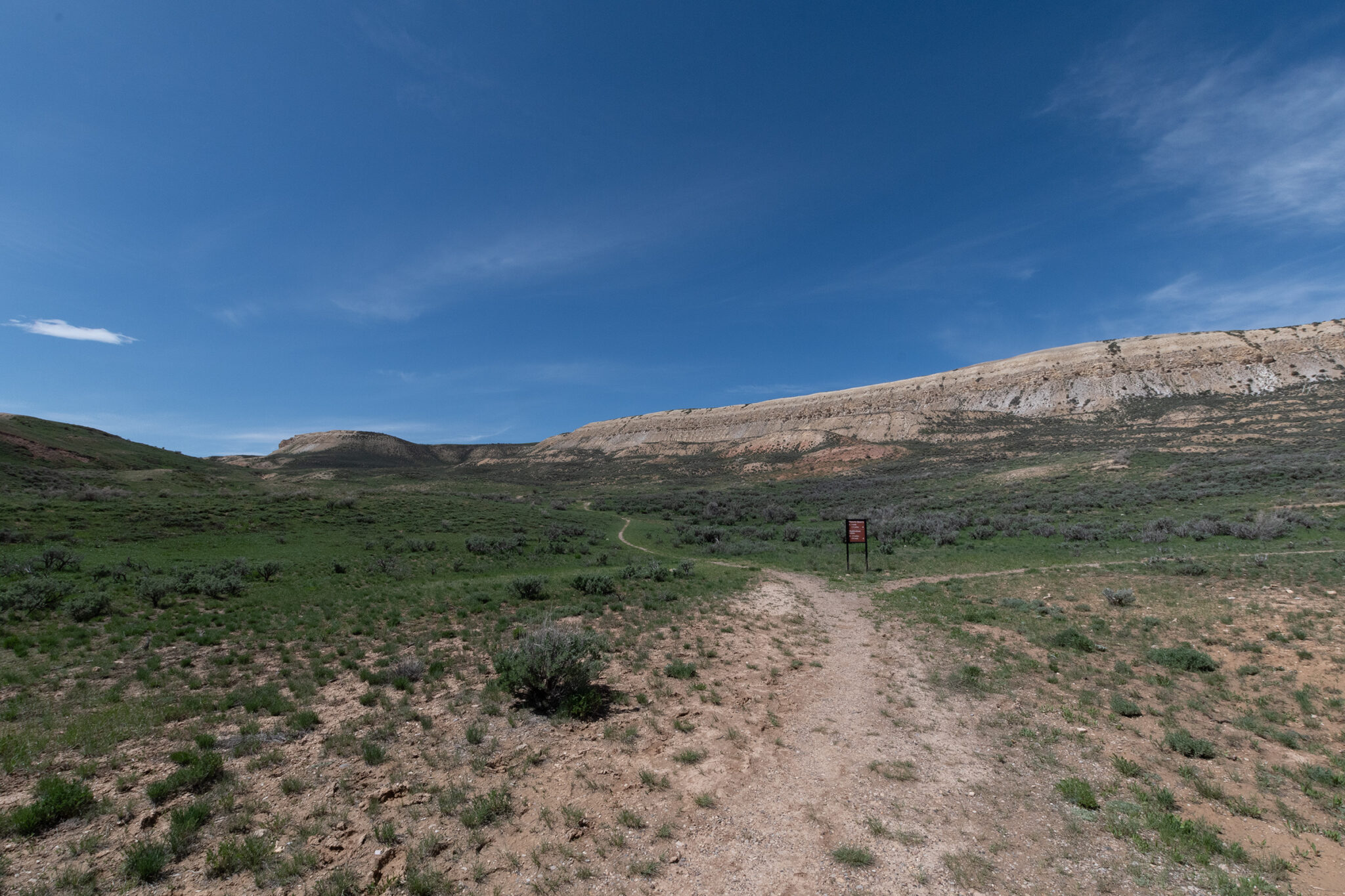
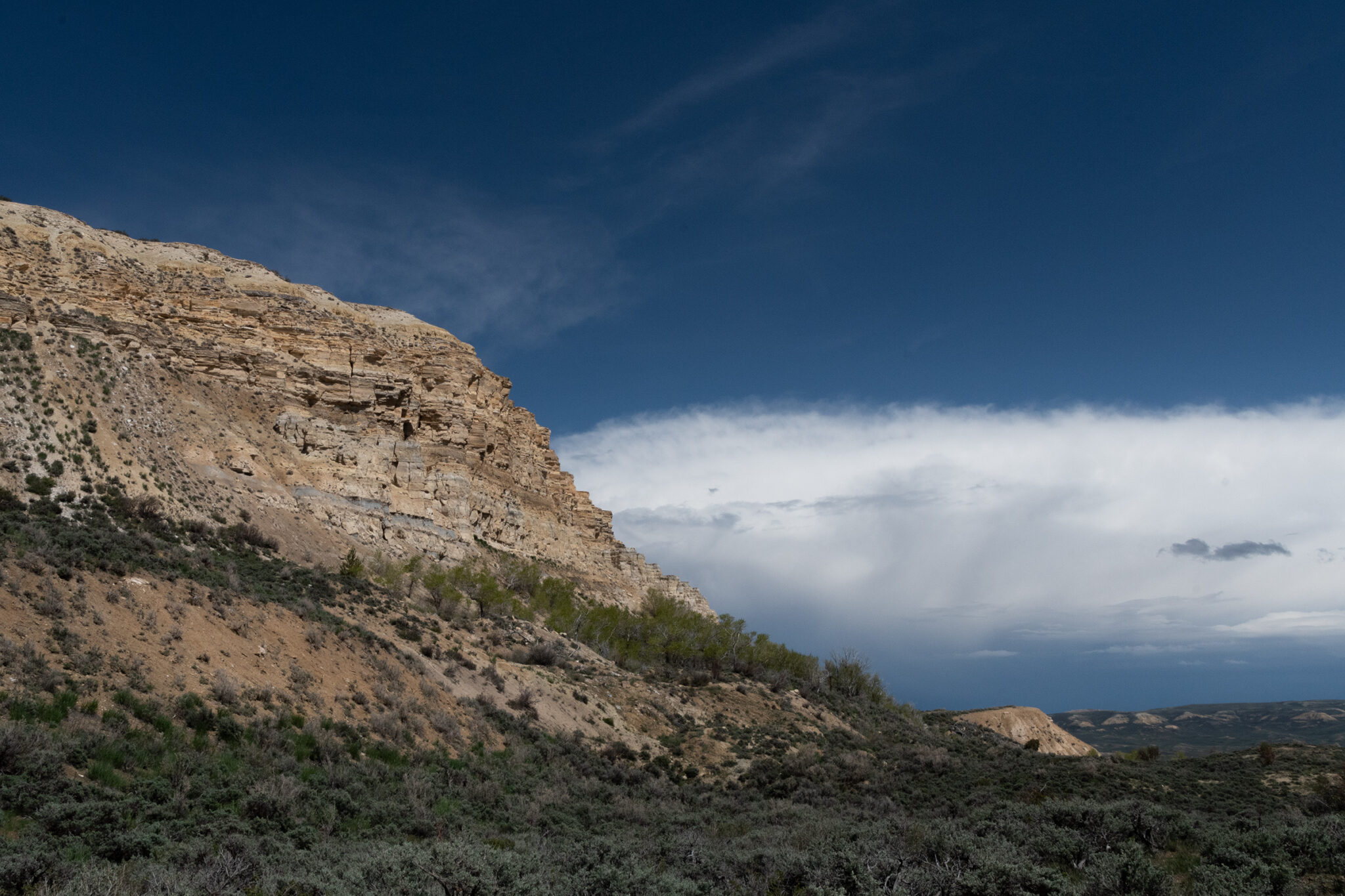
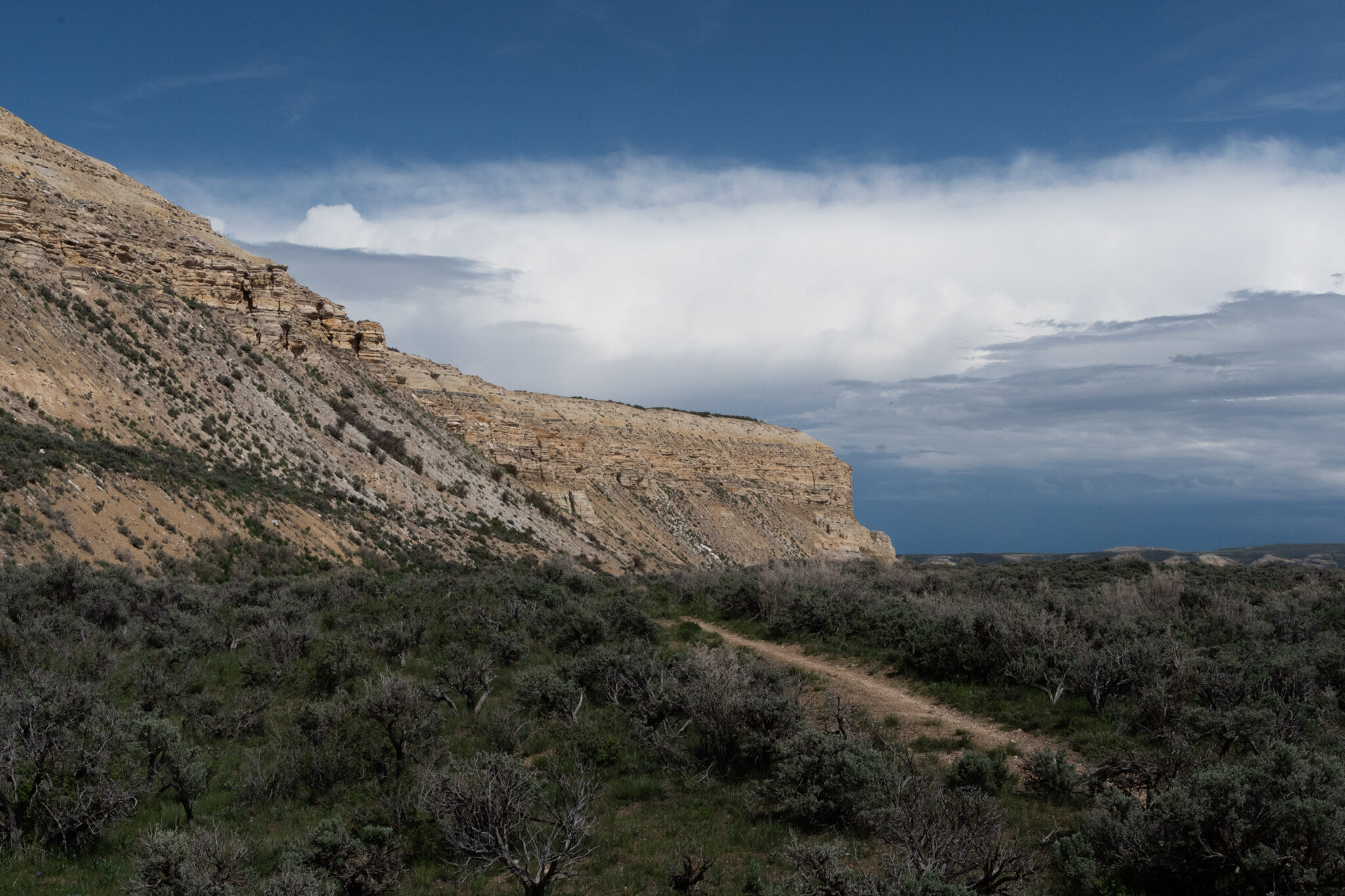
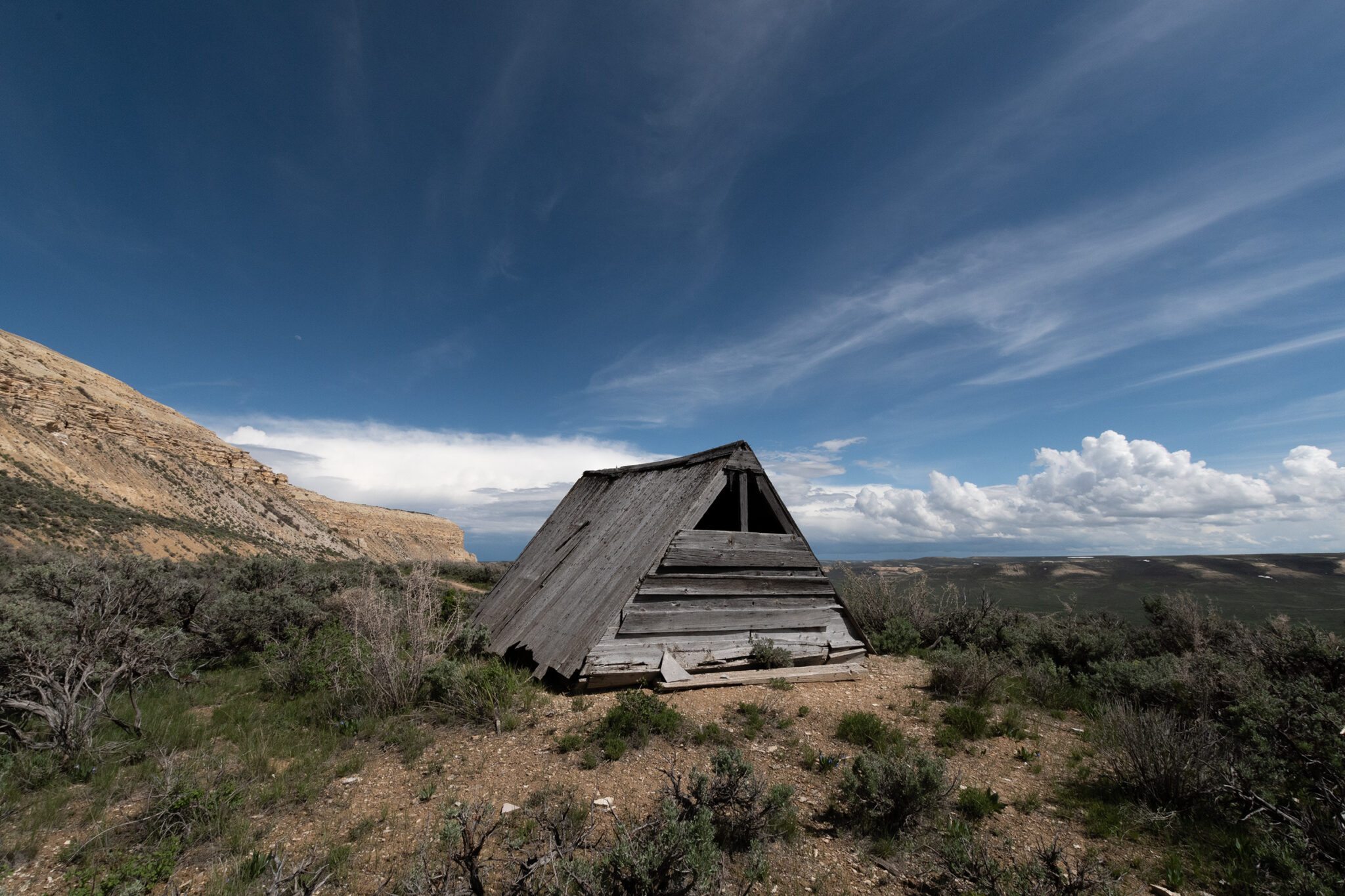
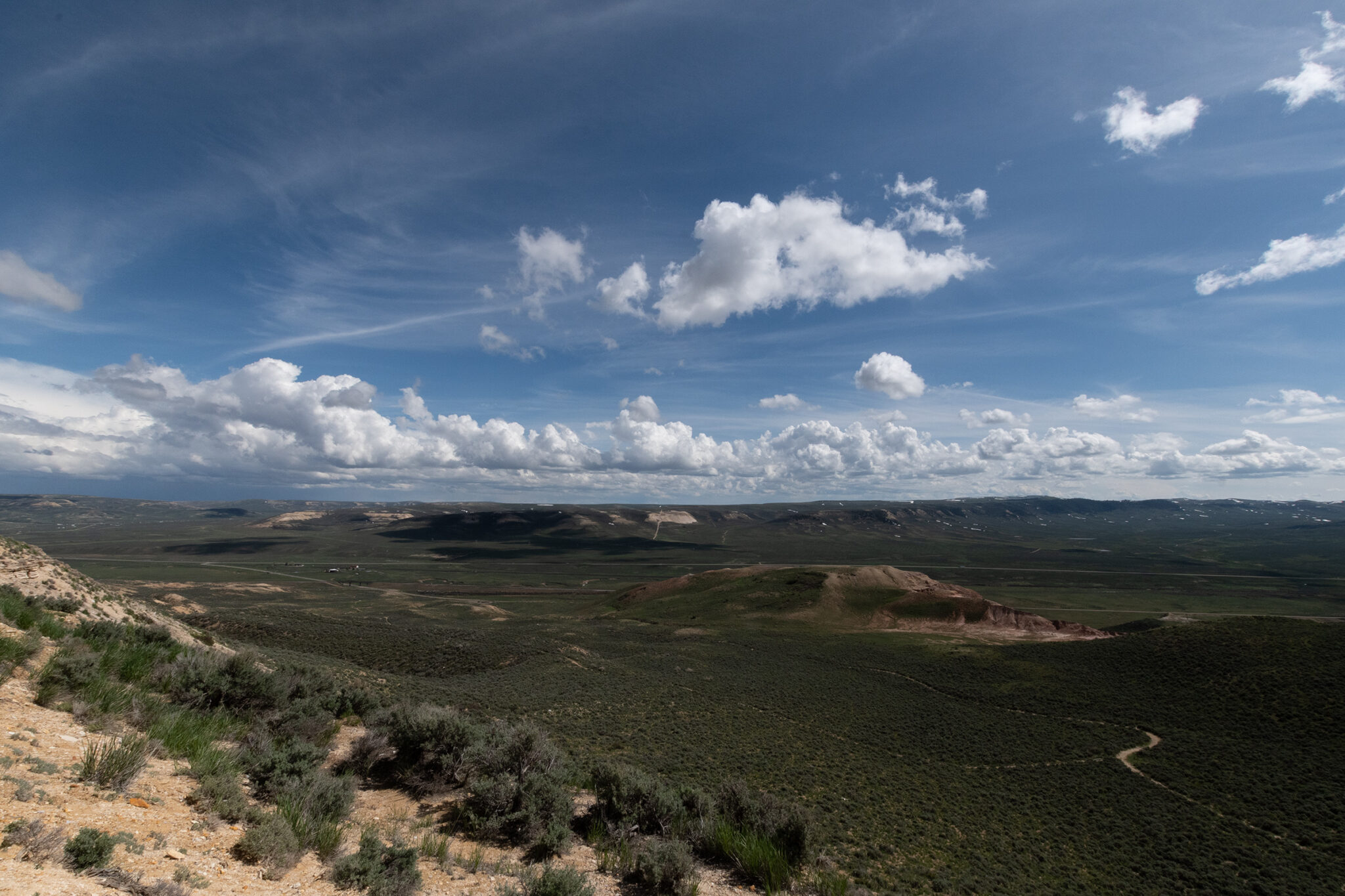
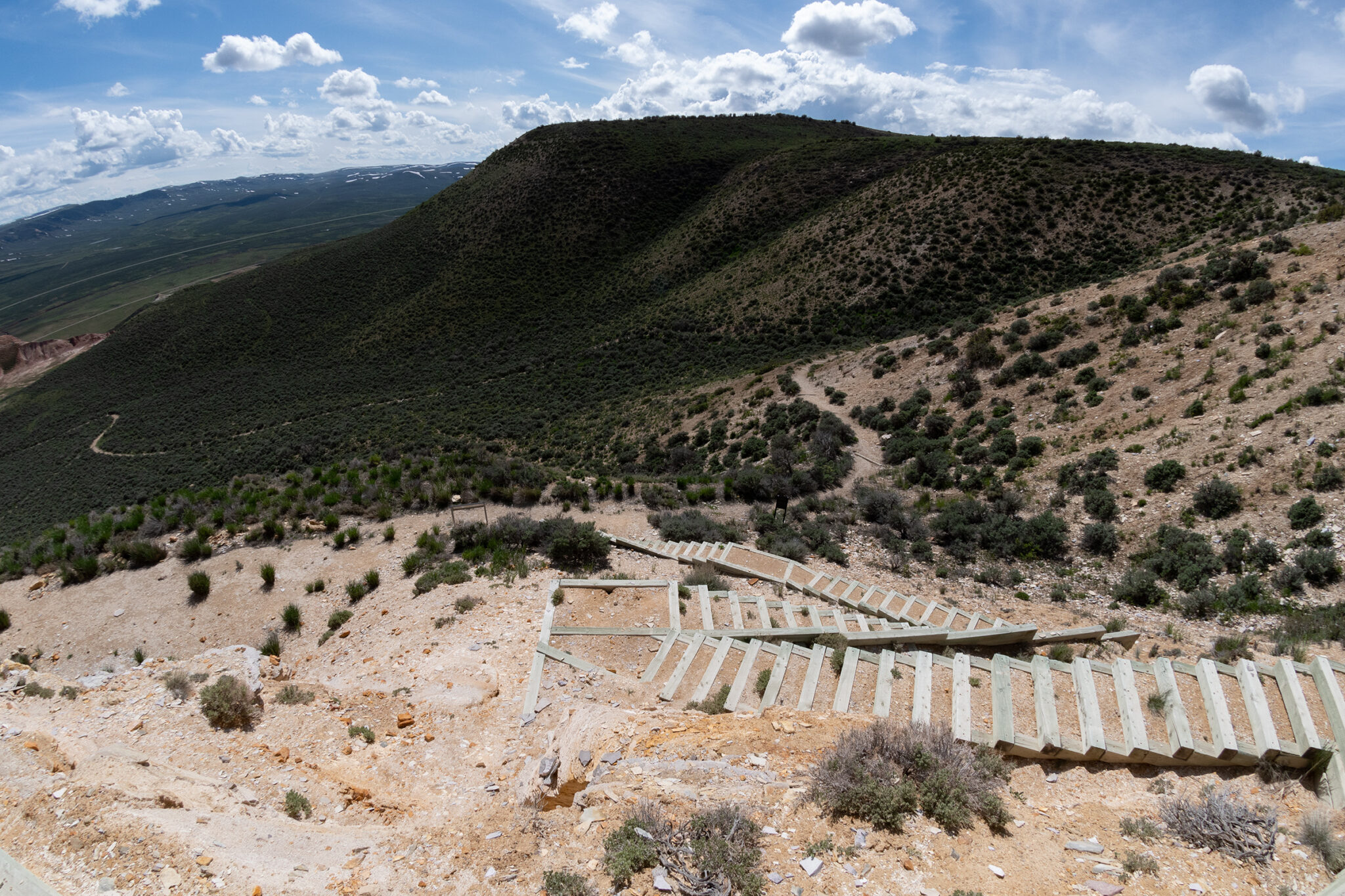
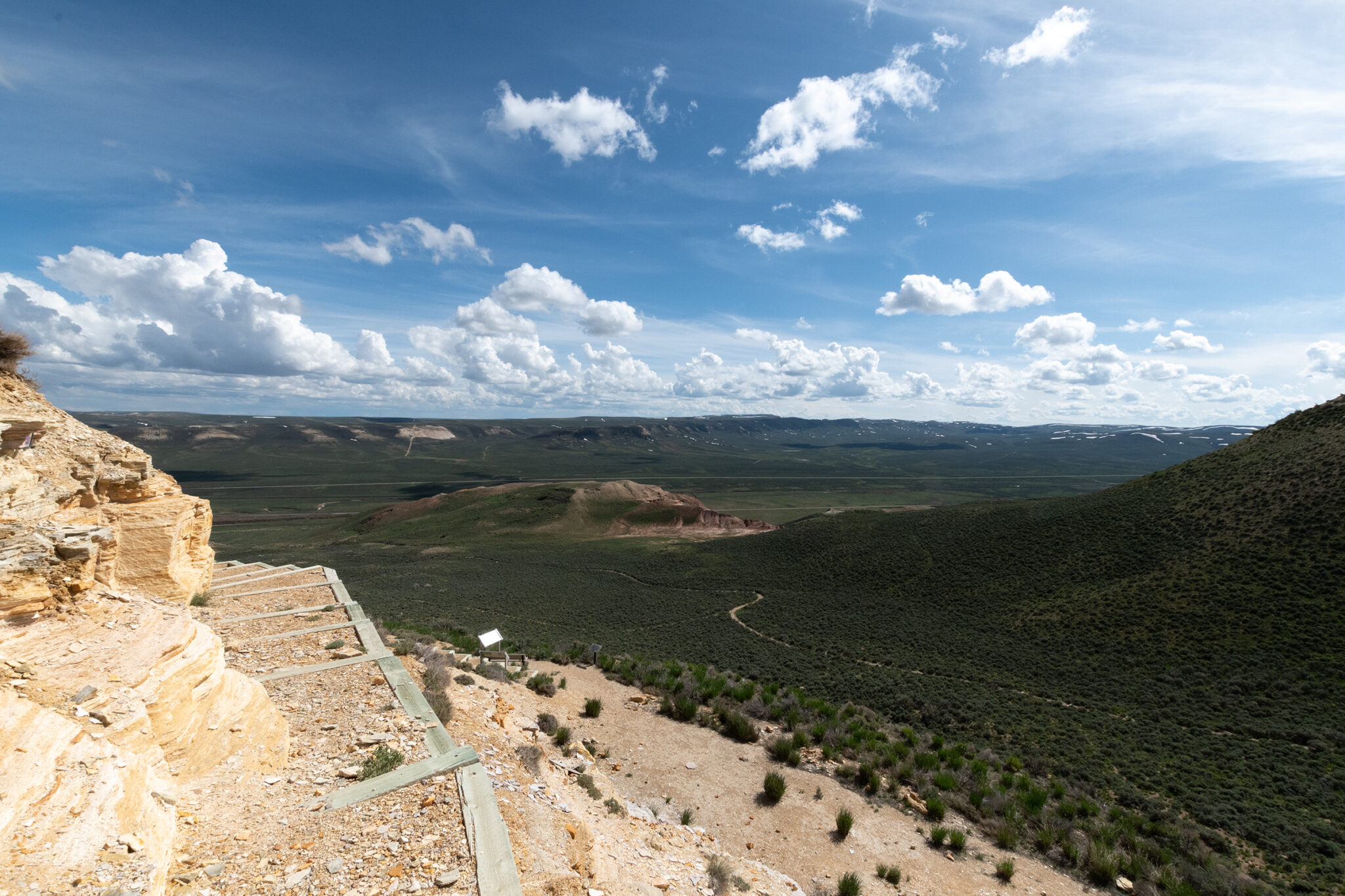
After an amazing visitor center fossil exhibit, we walked the historic quarry trail showing a campsite of the first independent commercial excavator, who camped in the area while digging. In the winters, he operated a gas station back in a nearby town.
Soda Springs, Idaho
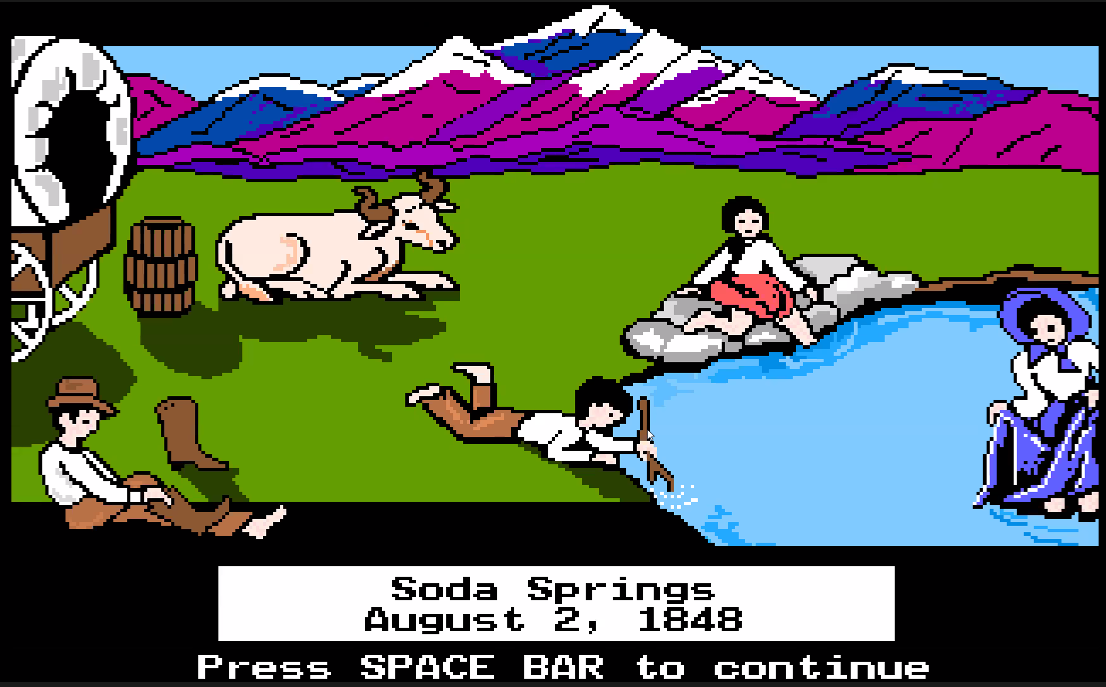
Our next game-inspired stop was Soda Springs, a camping and trading post just inside Idaho. When I went looking for “the spot” in Soda Springs to prove our that we’d been there, it seemed like there were several roadside signs, a park along the river, or a “world famous” mineral water “captive” geyser. So obviously we had to go there.
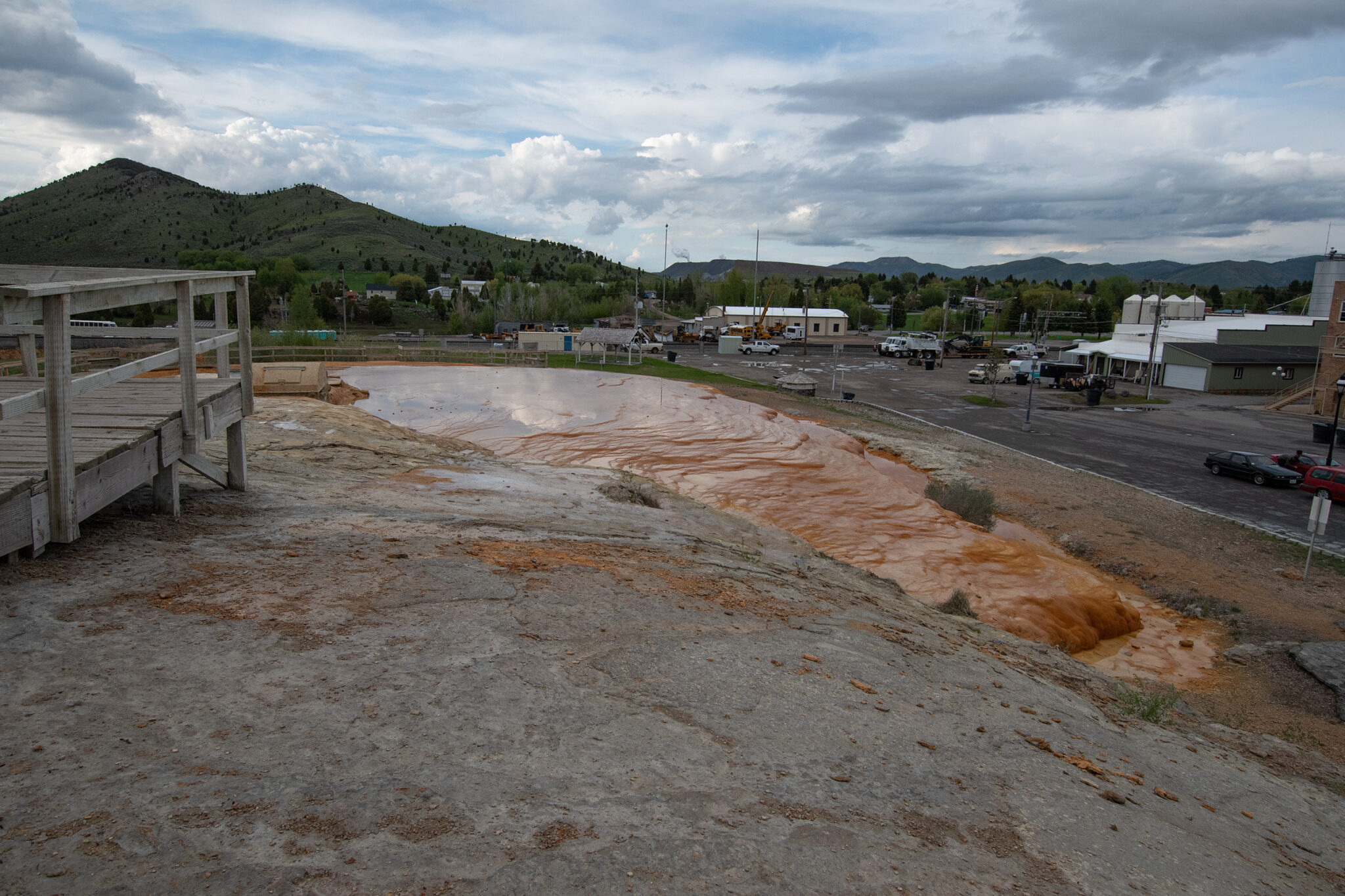
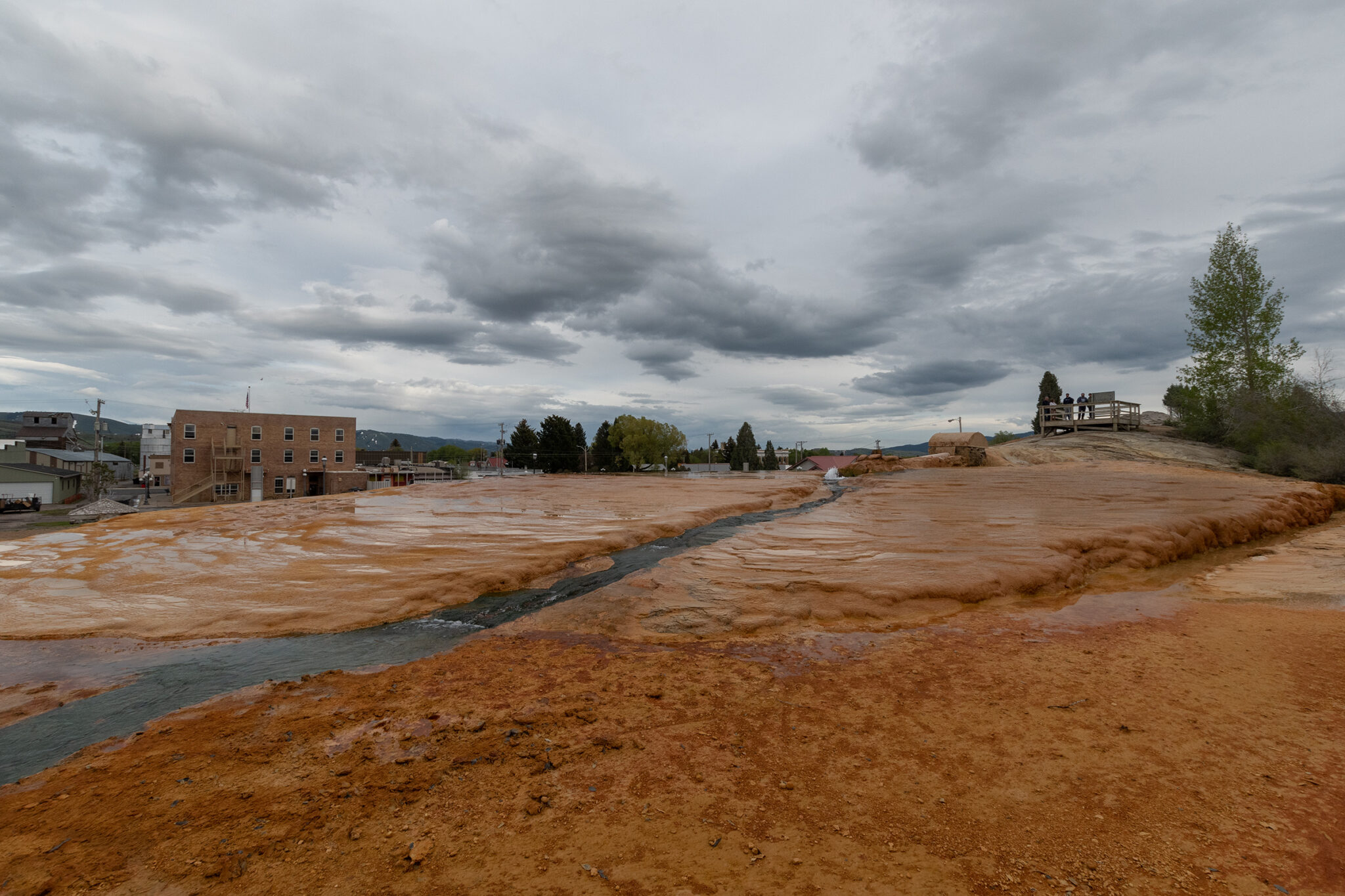
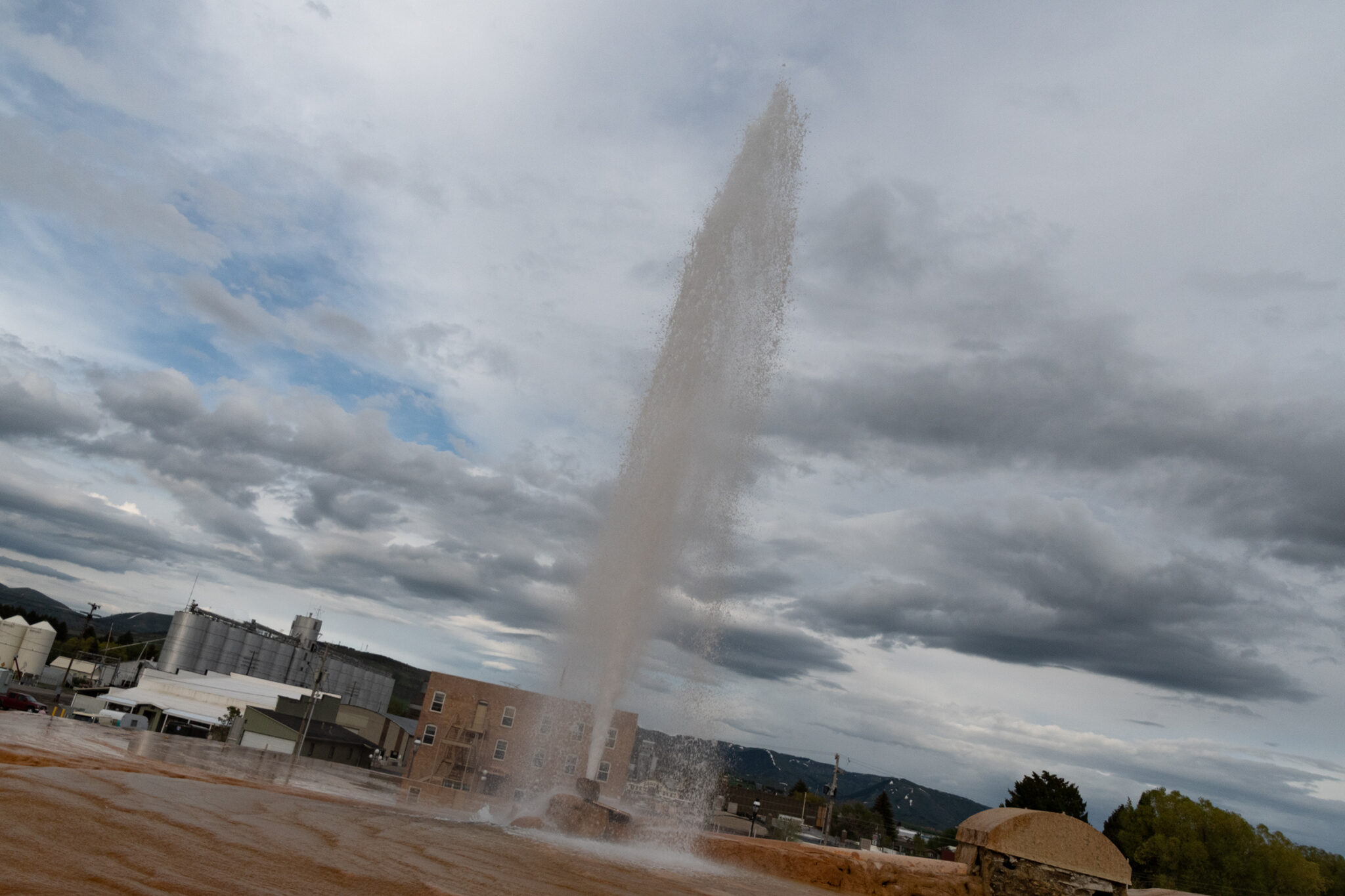
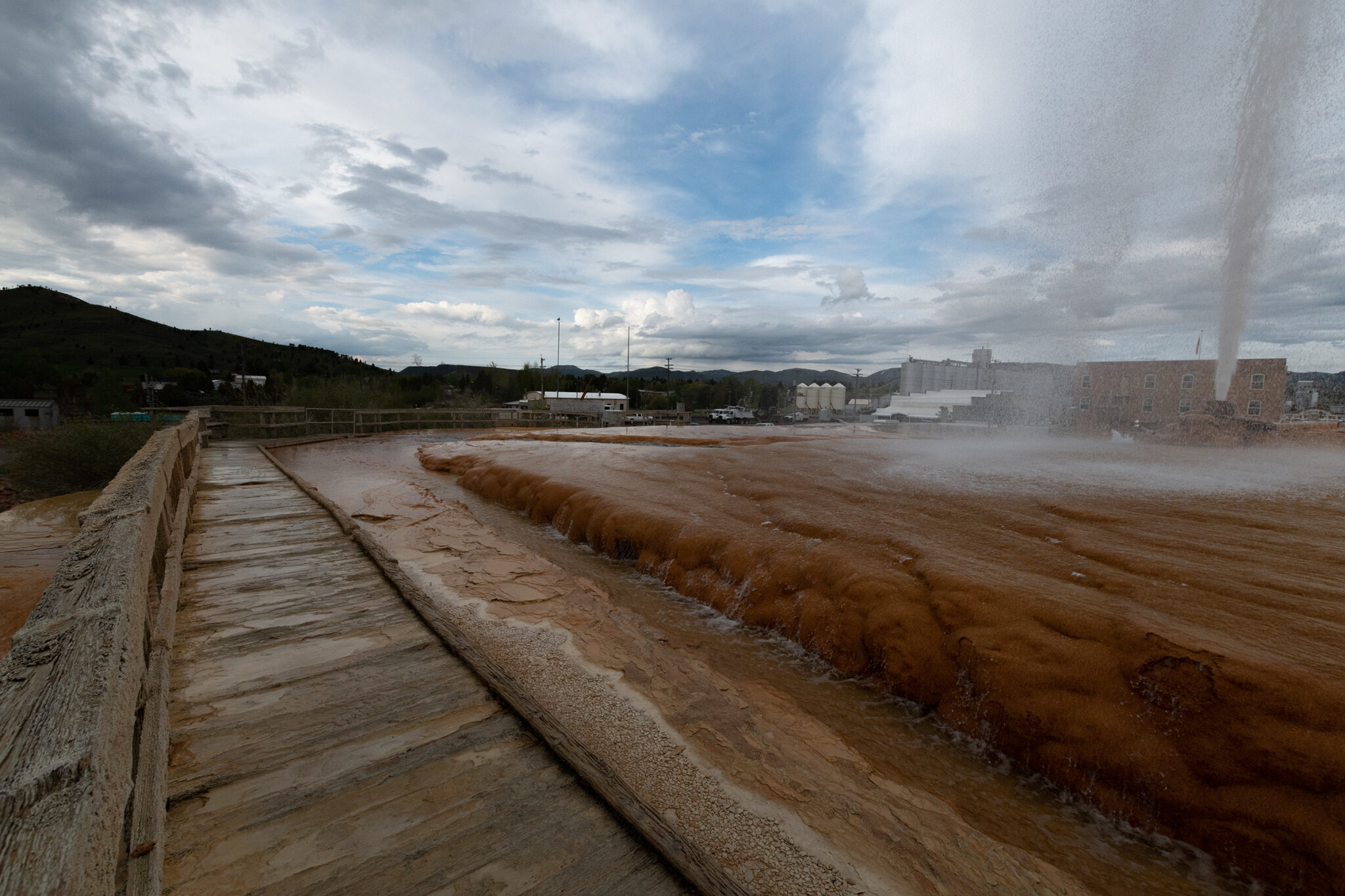
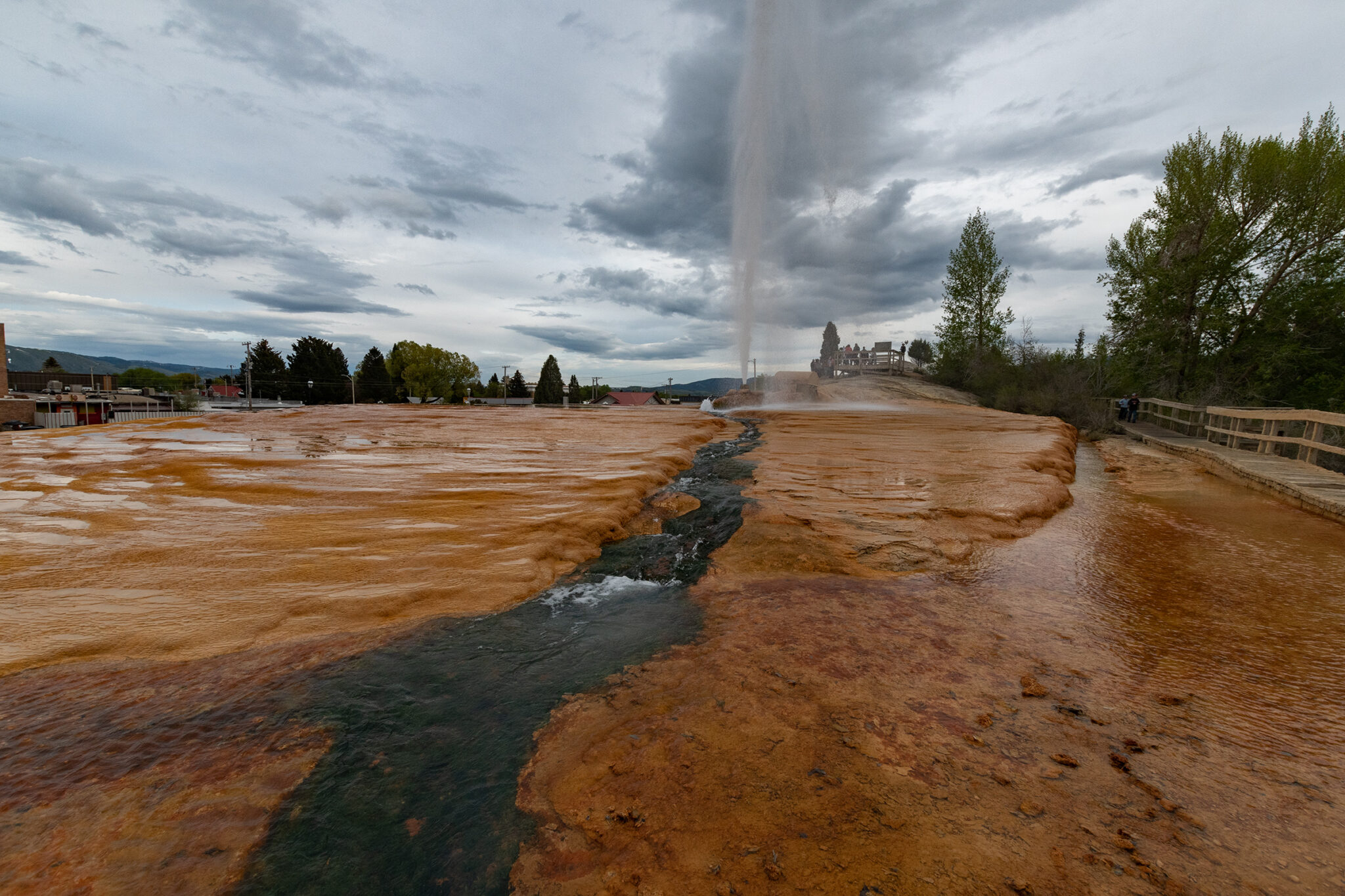
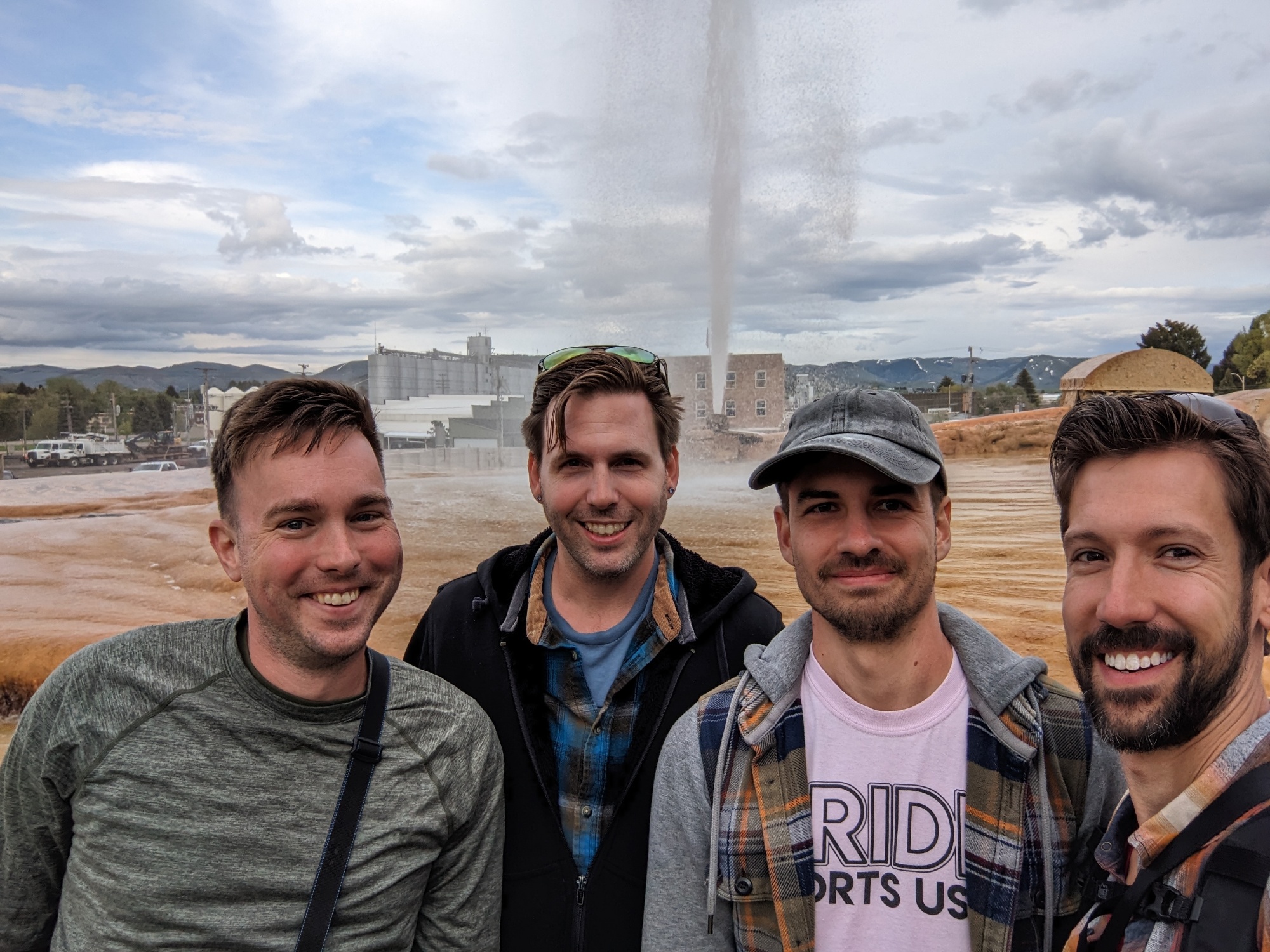
“Geyser erupts every hour on the hour,” is a suspicious sign in the parking lot at the end of an alley behind a bar, but it sure led to a modest boardwalk around the travertine pools of a mineral spring. Apparently in the quest to find a geothermal hot water source for a community pool in the 1930s, this erupted and was later capped, and now features this periodic mechanism to “release pressure” hourly. 🤔 ‘kay.
No one was there when we happened upon the place at 10-til the hour, but with about two minutes to go, about twenty people rushed up from the parking lot to watch the 7 minute eruption of this mineral water. It all seemed rather manufactured, but still cool. In the pioneer days, this area’s spring-fed water features were more like pools.
Traveled… along the bank of the Bear River & are encamped at Soda Springs. This is indeed a curiosity. The water tastes like soda water, especially artificially prepared. The water is bubbling and foaming like boiling water. I drank of it… We find it excellent for baking bread, no preparation of water is necessary. Take it from the fountain & the bread is as light as any prepared with yeast.
Diary of Sarah White Smith, July 24, 1838. Collected by Legends of America.
“These natural bubbling pools of carbonated water, caused by ancient volcanic activity, were first called “Beer Springs”. Visited by local Indians, fur traders, and trappers prior to the days of the Oregon Trail emigrations, the springs were rightfully considered to be one of the marvels of the overland trails.”
Grandma’s House
And then finally, we rolled into Pocatello, Idaho, to the AirBnB that most captured Evan M’s heart — what can only be described as someone’s grandmother’s house. Behold the scratch-n-sniff gloriousness of these views:
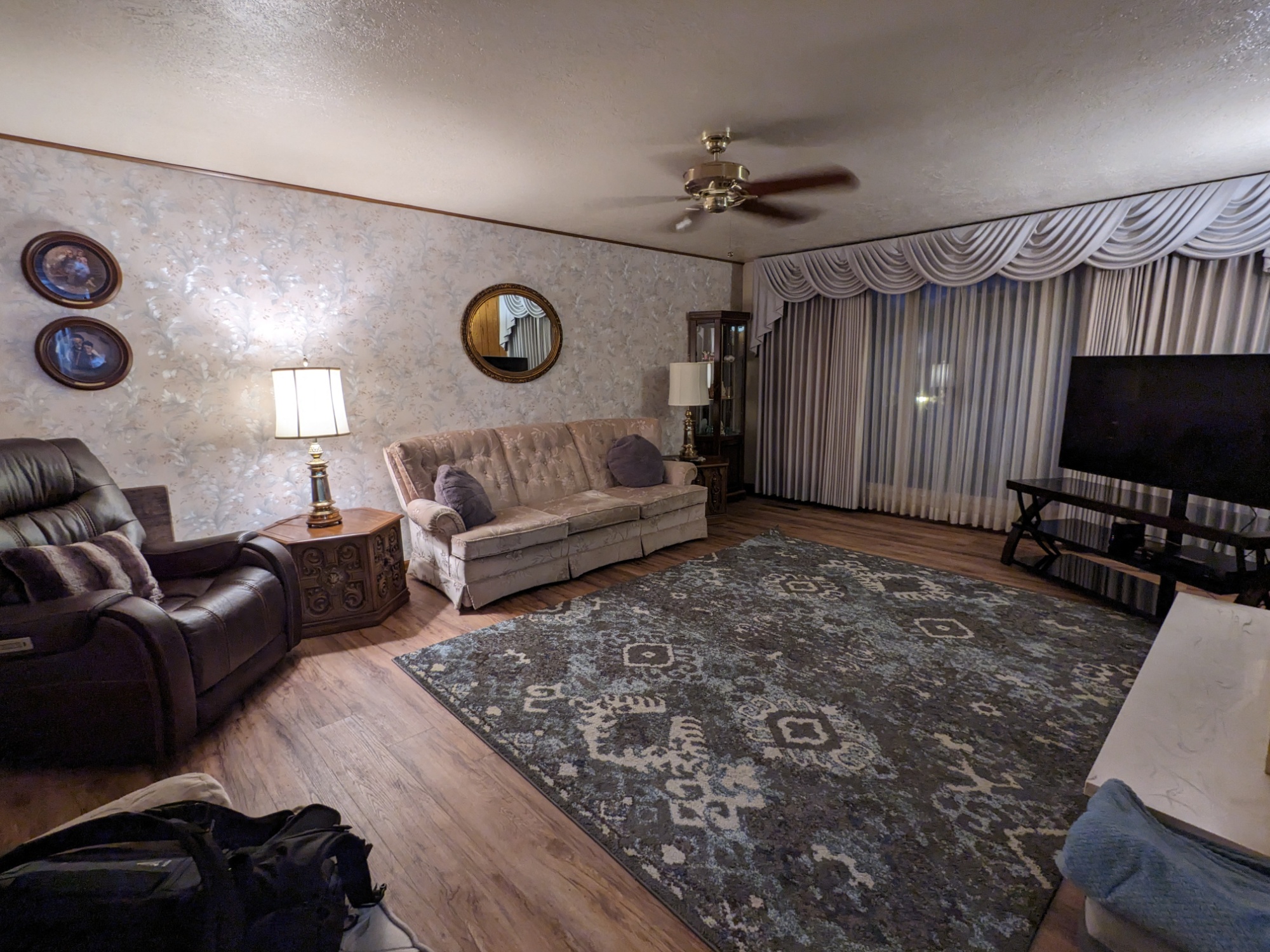

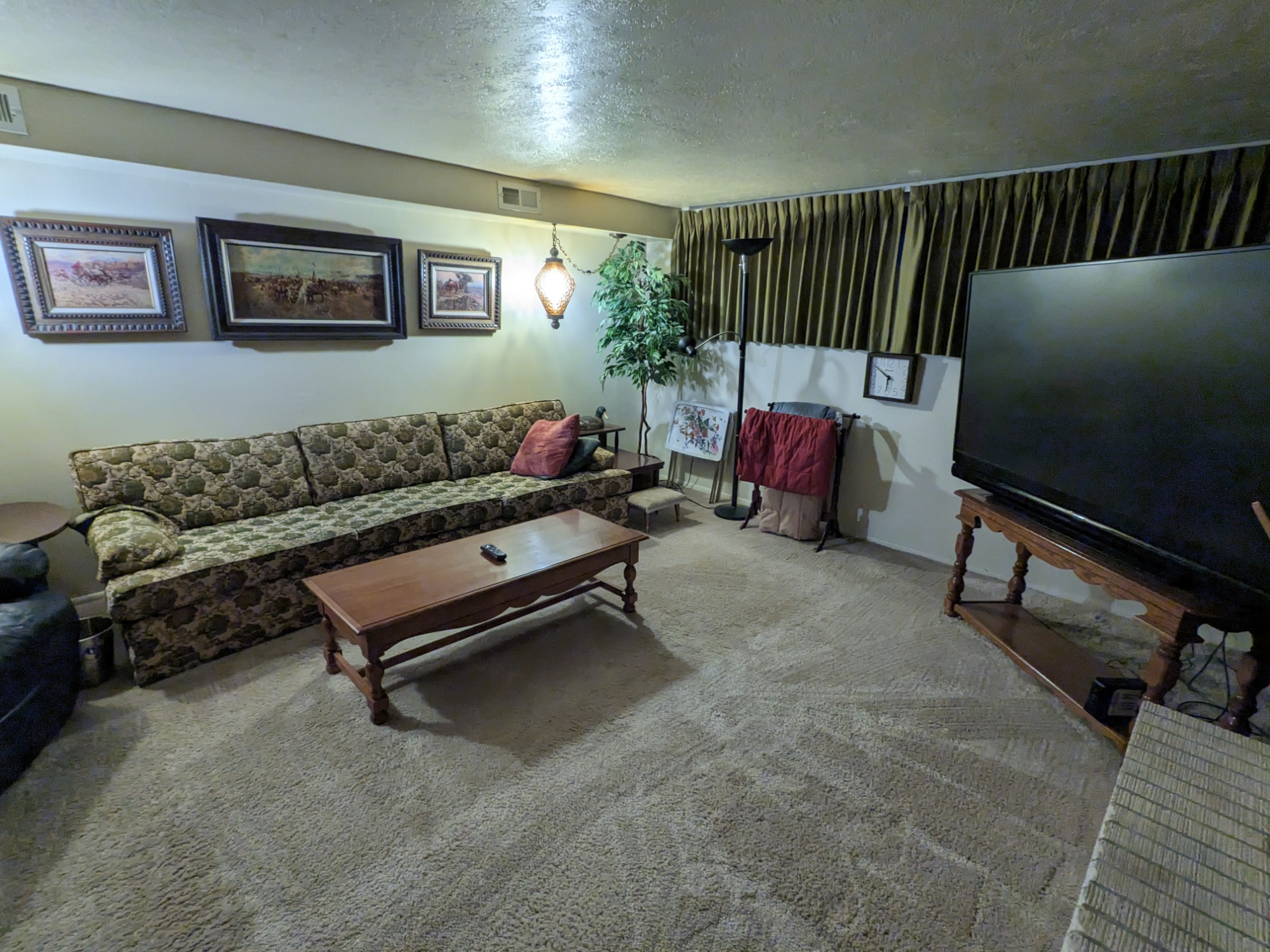

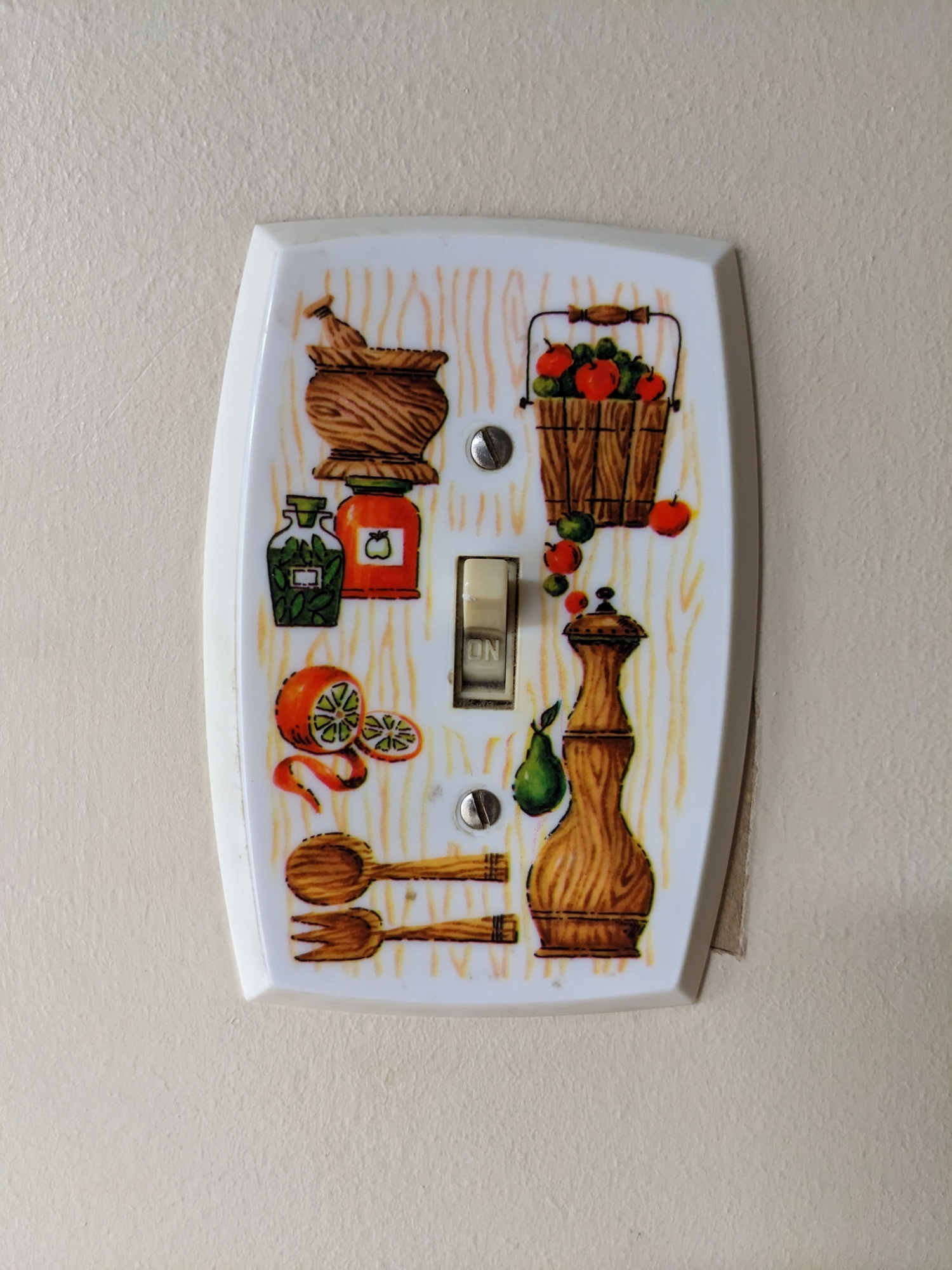


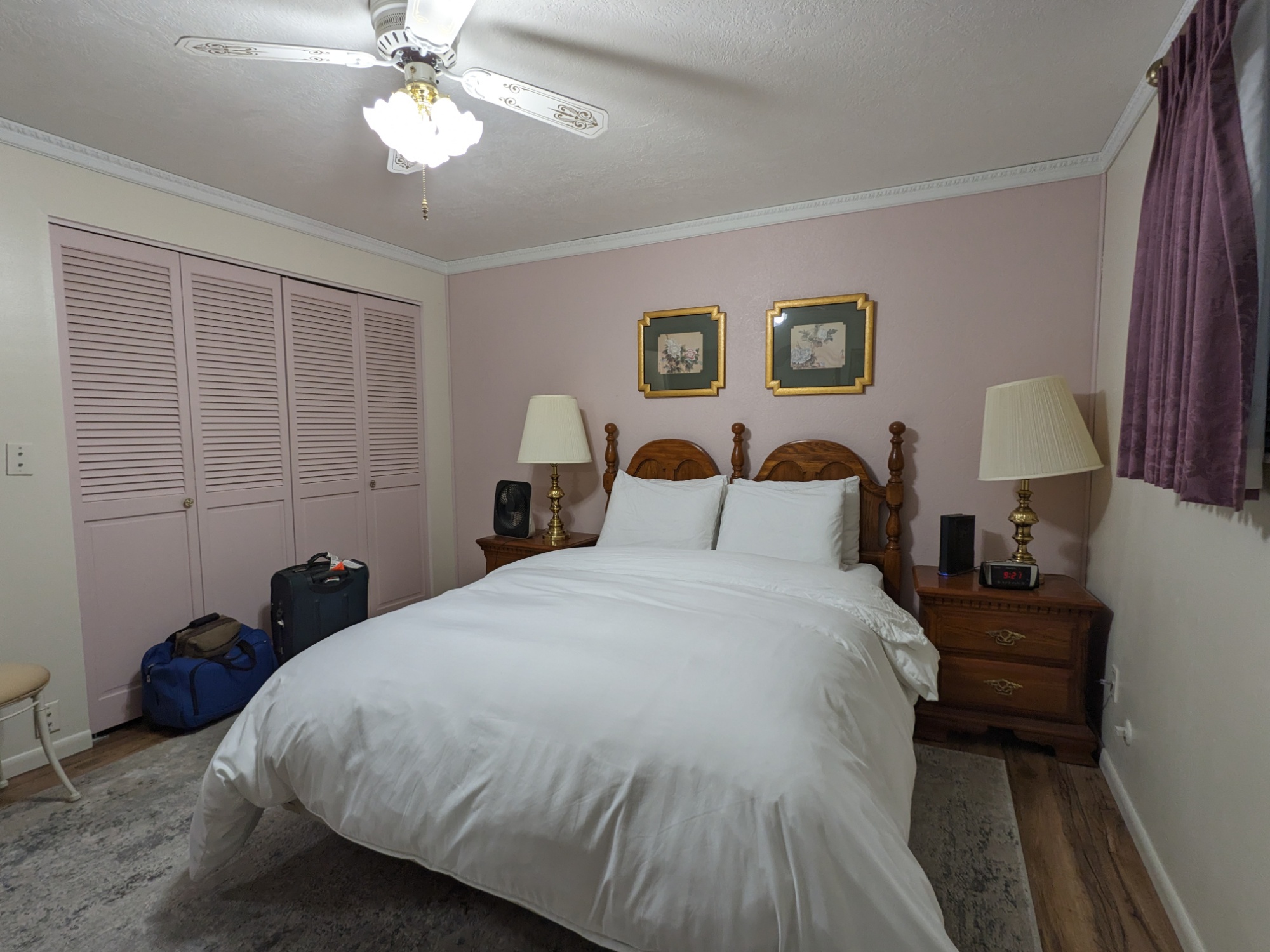
Tomorrow is Craters of the Moon National Monument, our other major detour off The Oregon Trail, but a park I’ve wanted to visit for quite a while.
